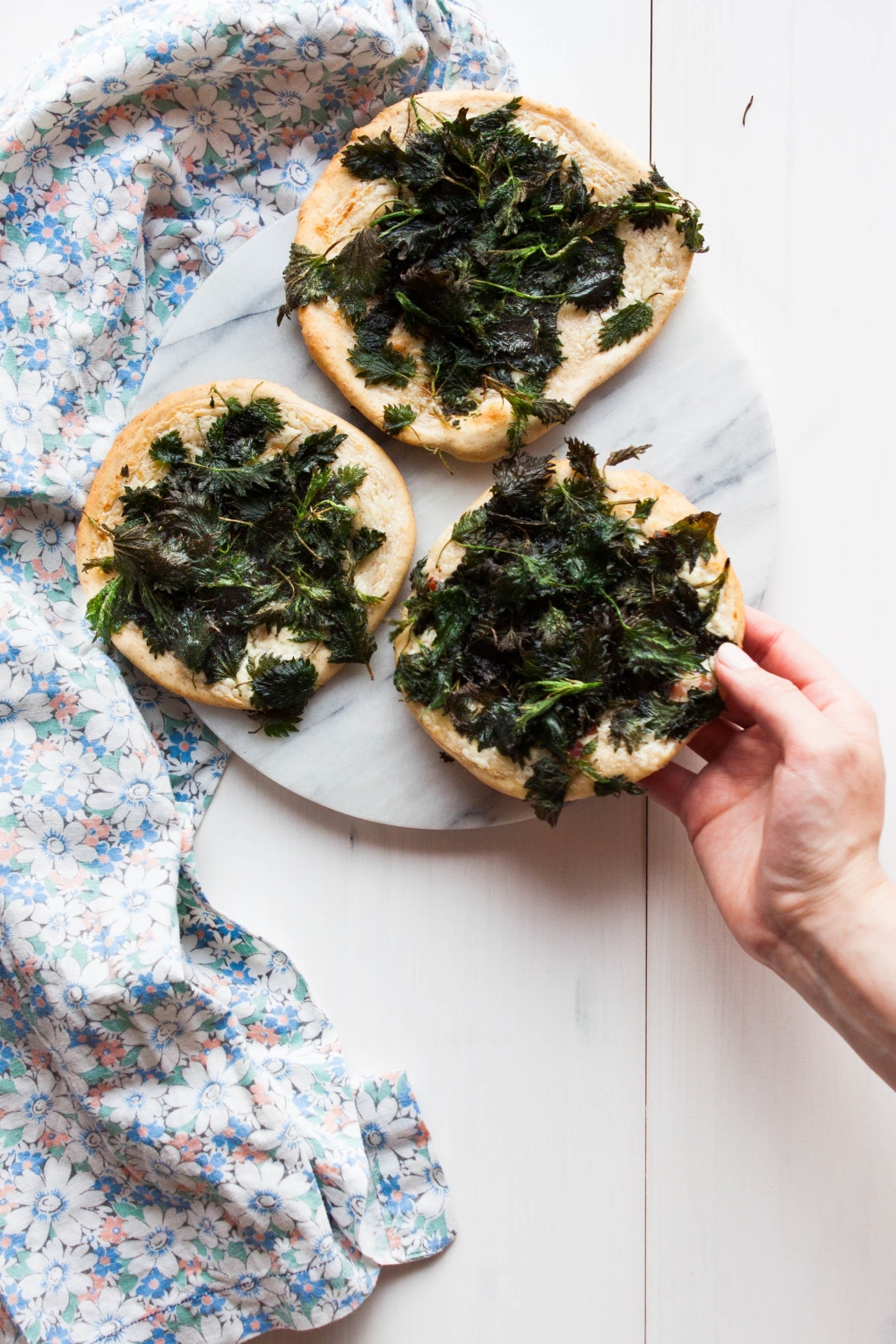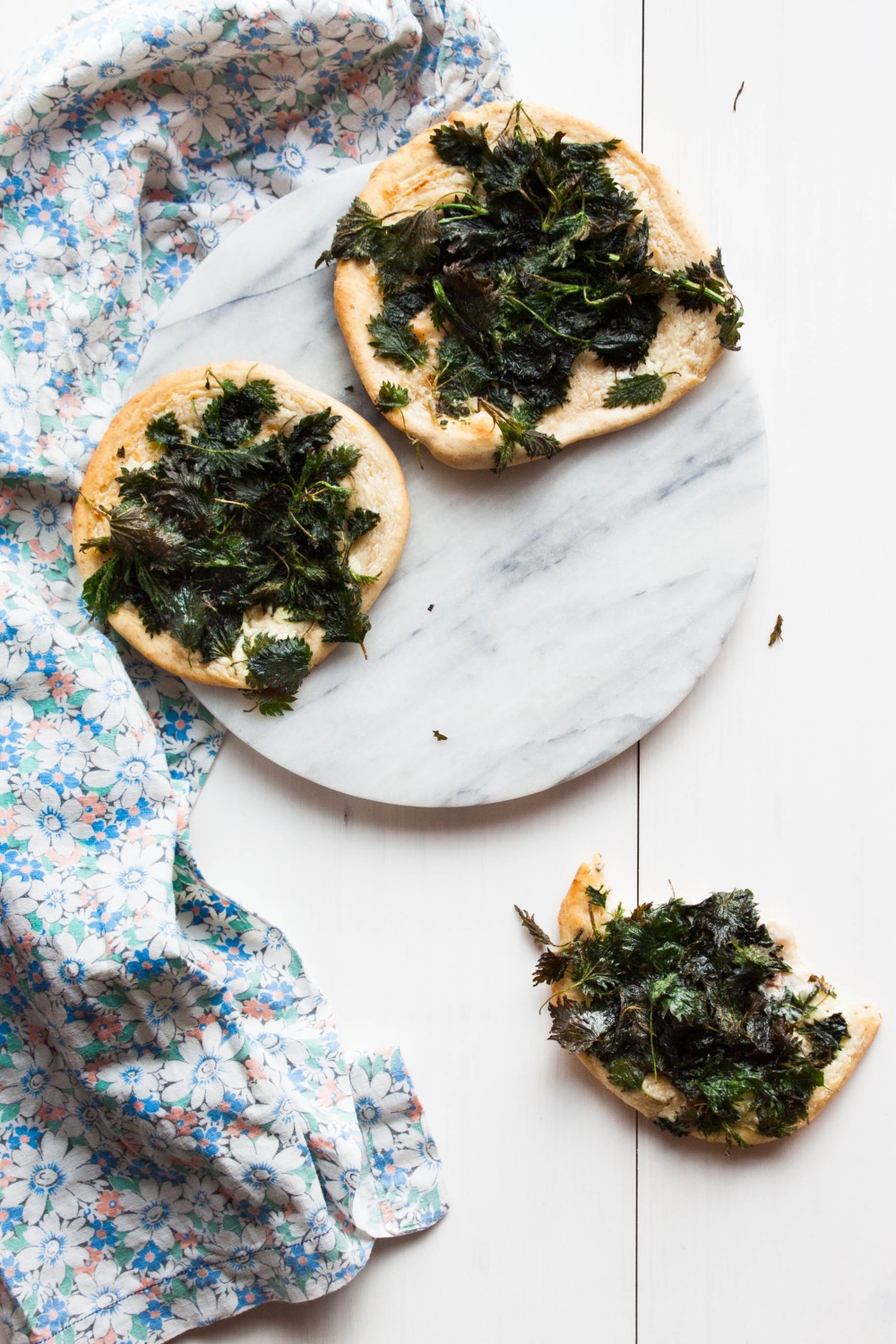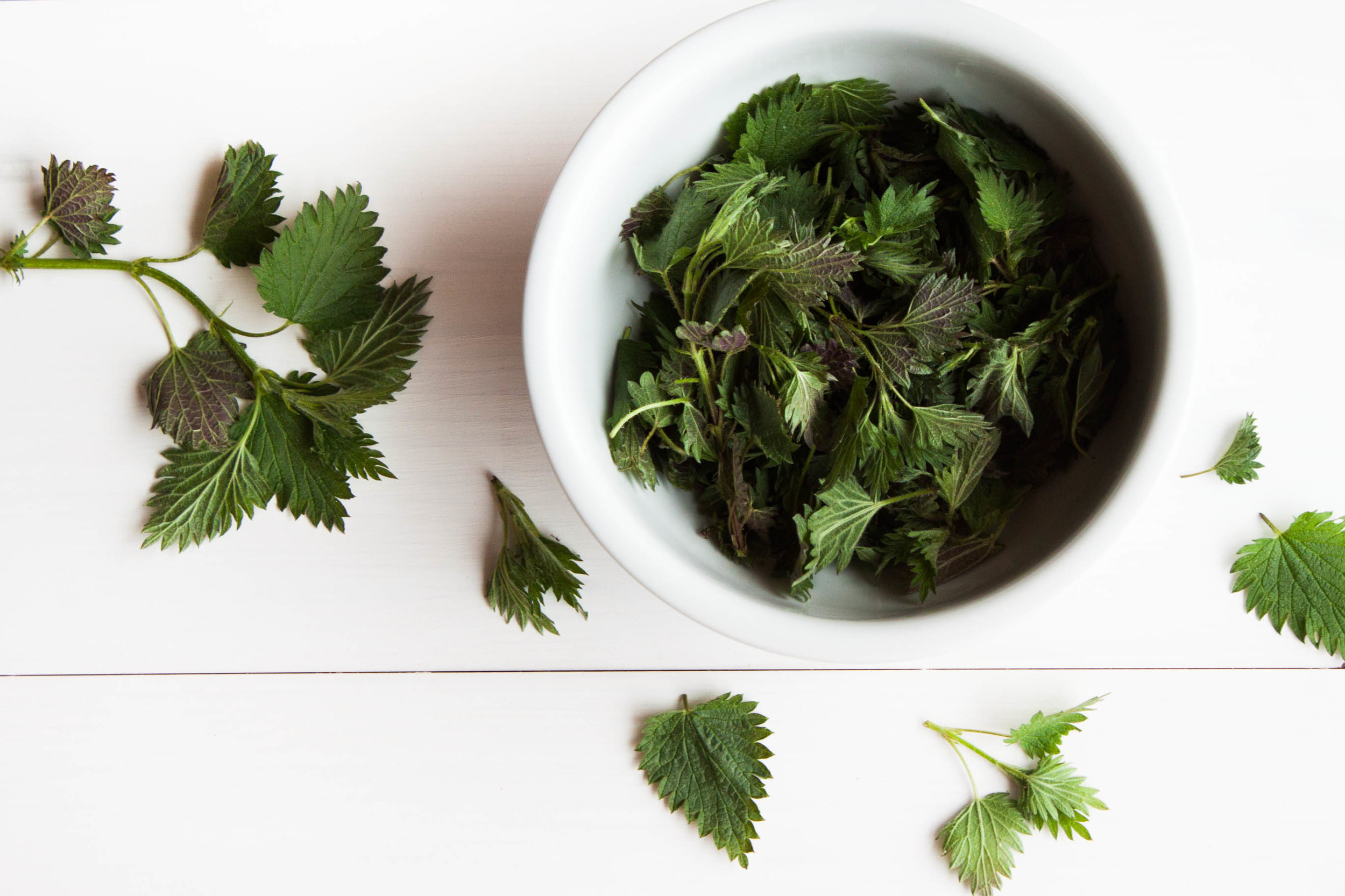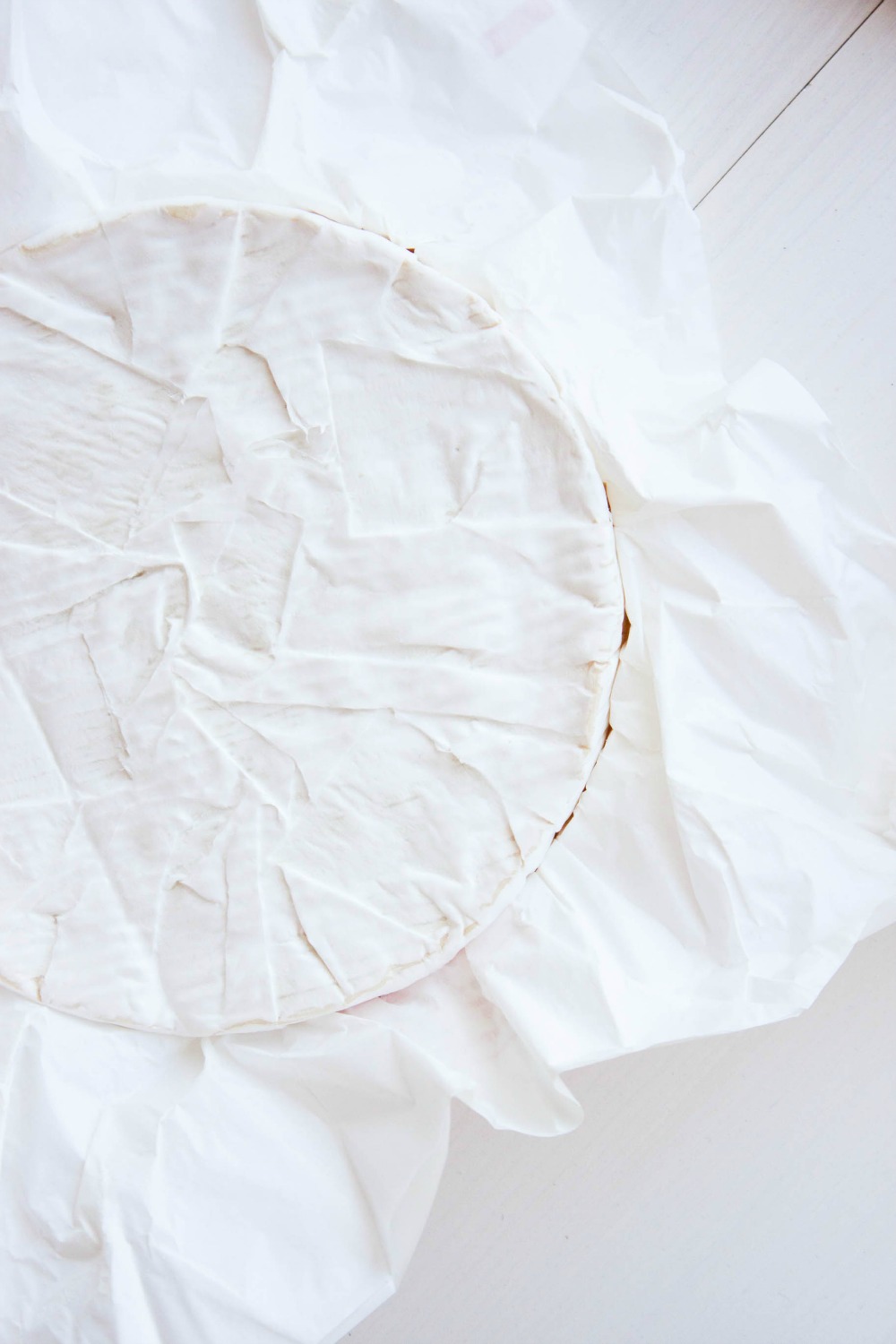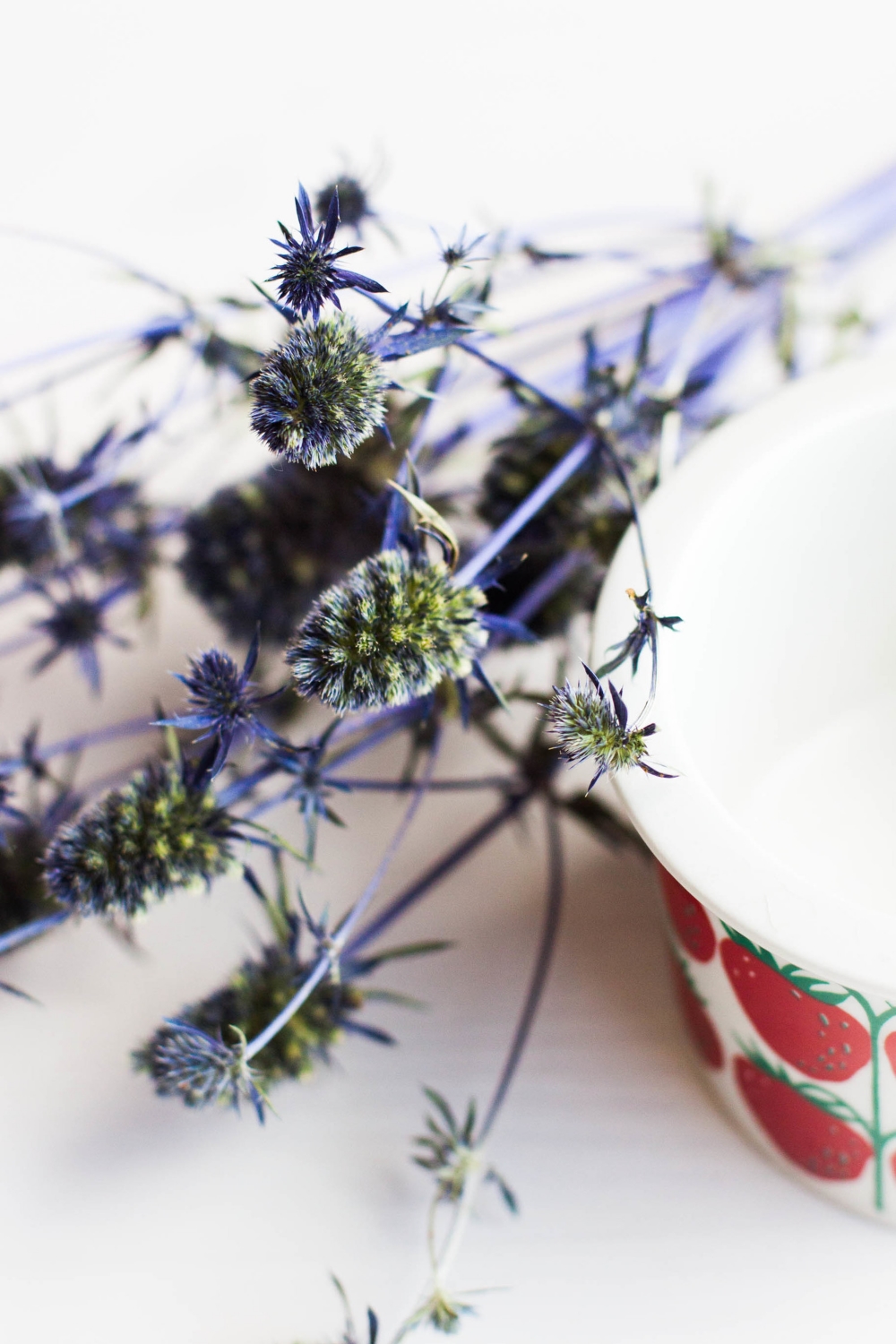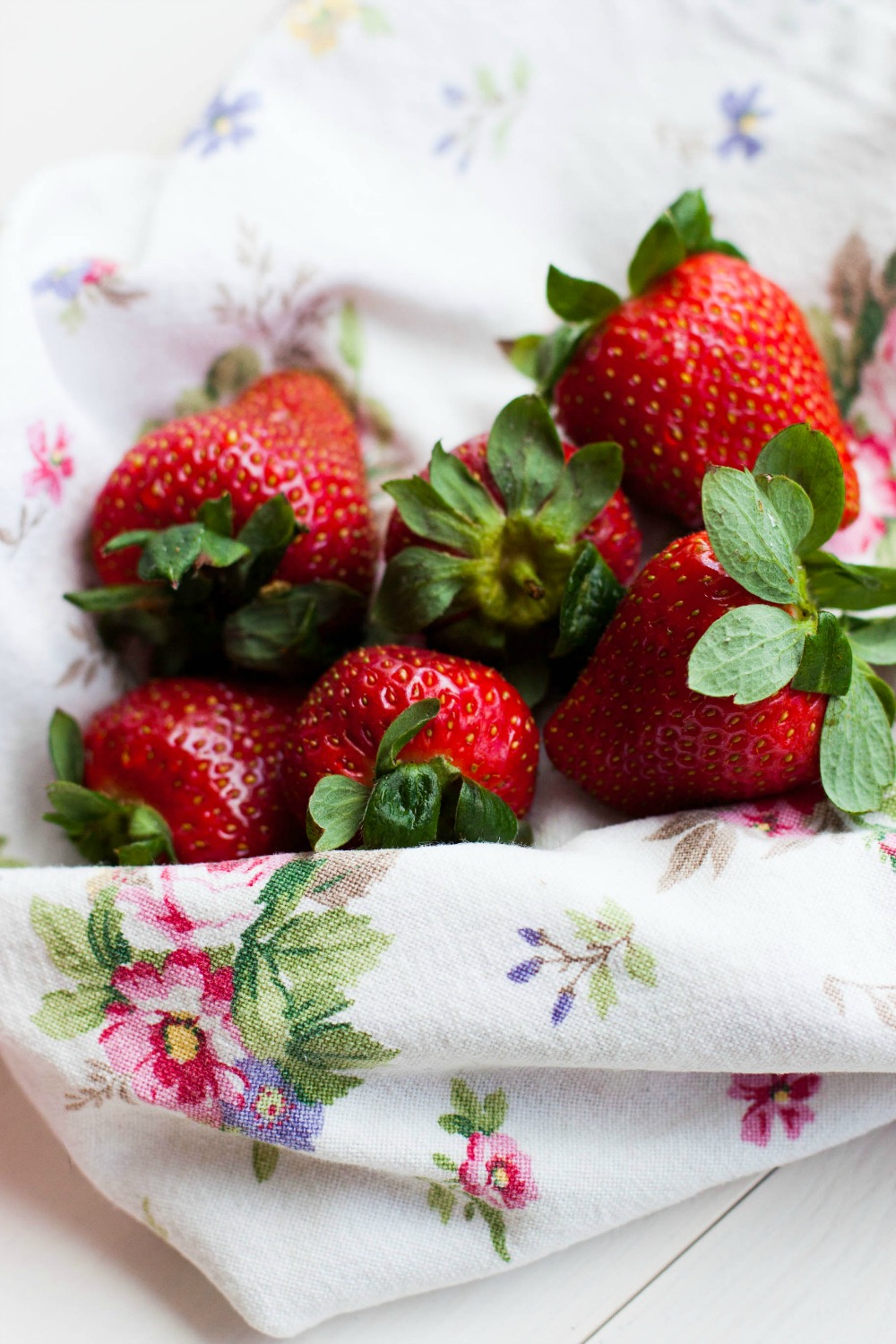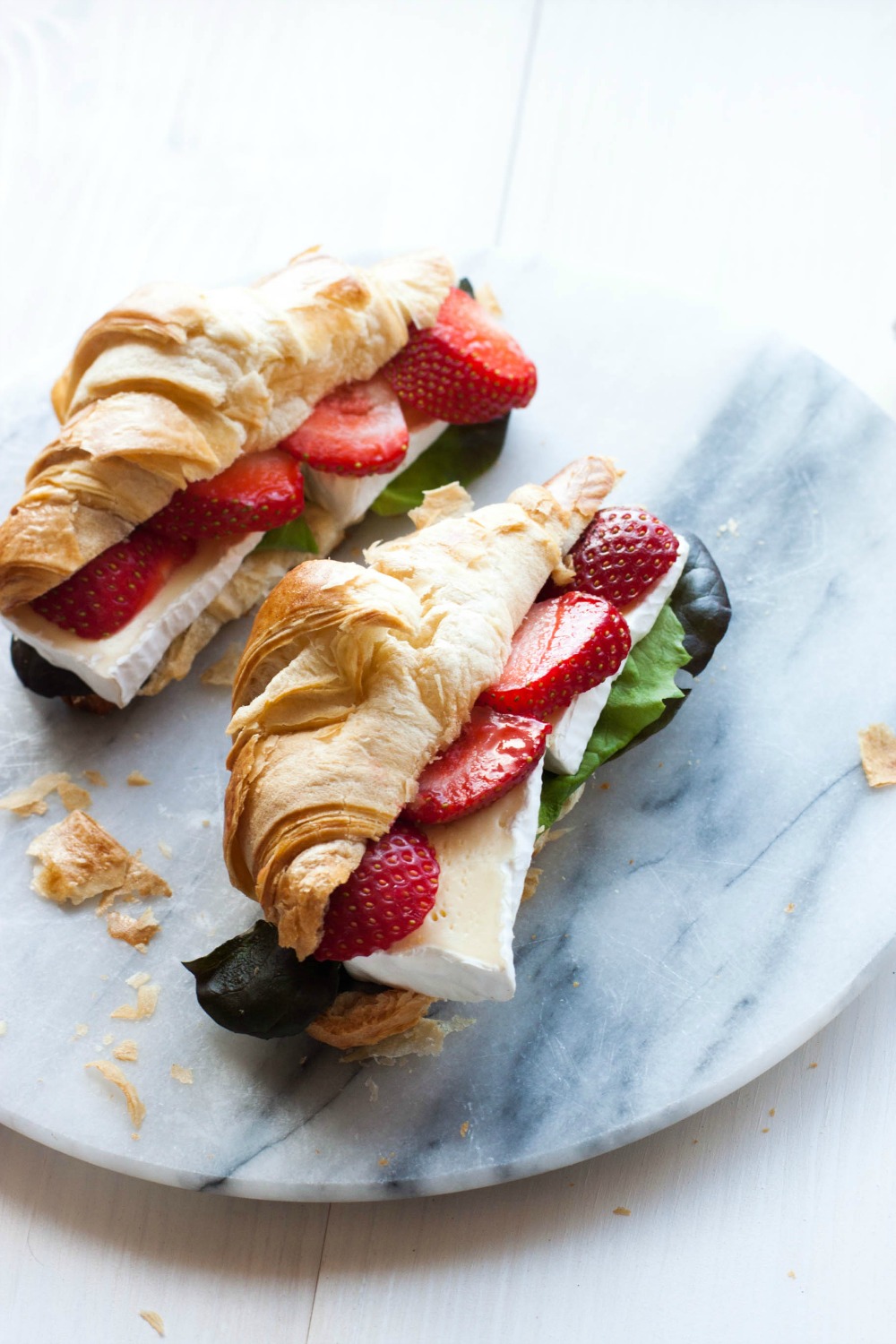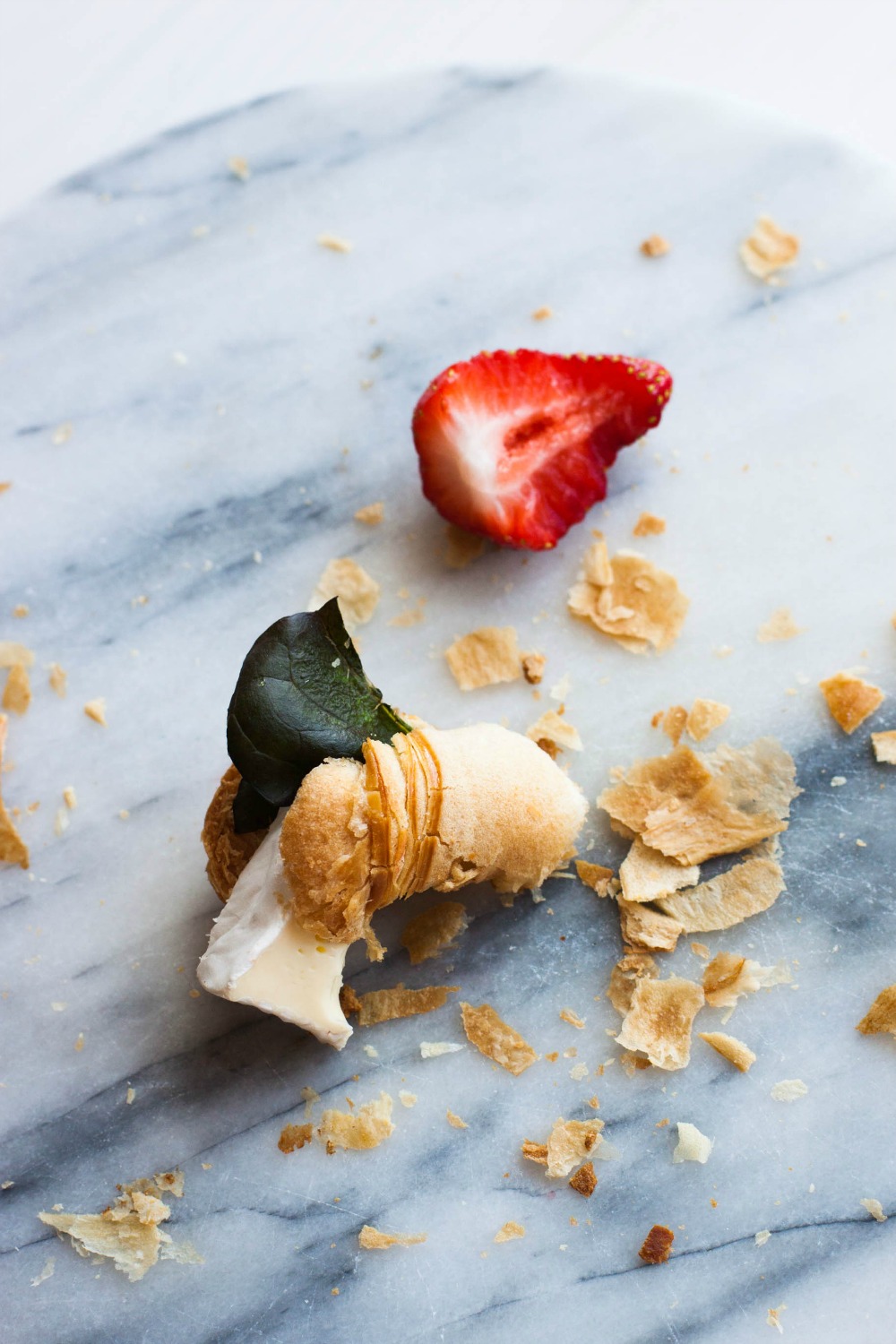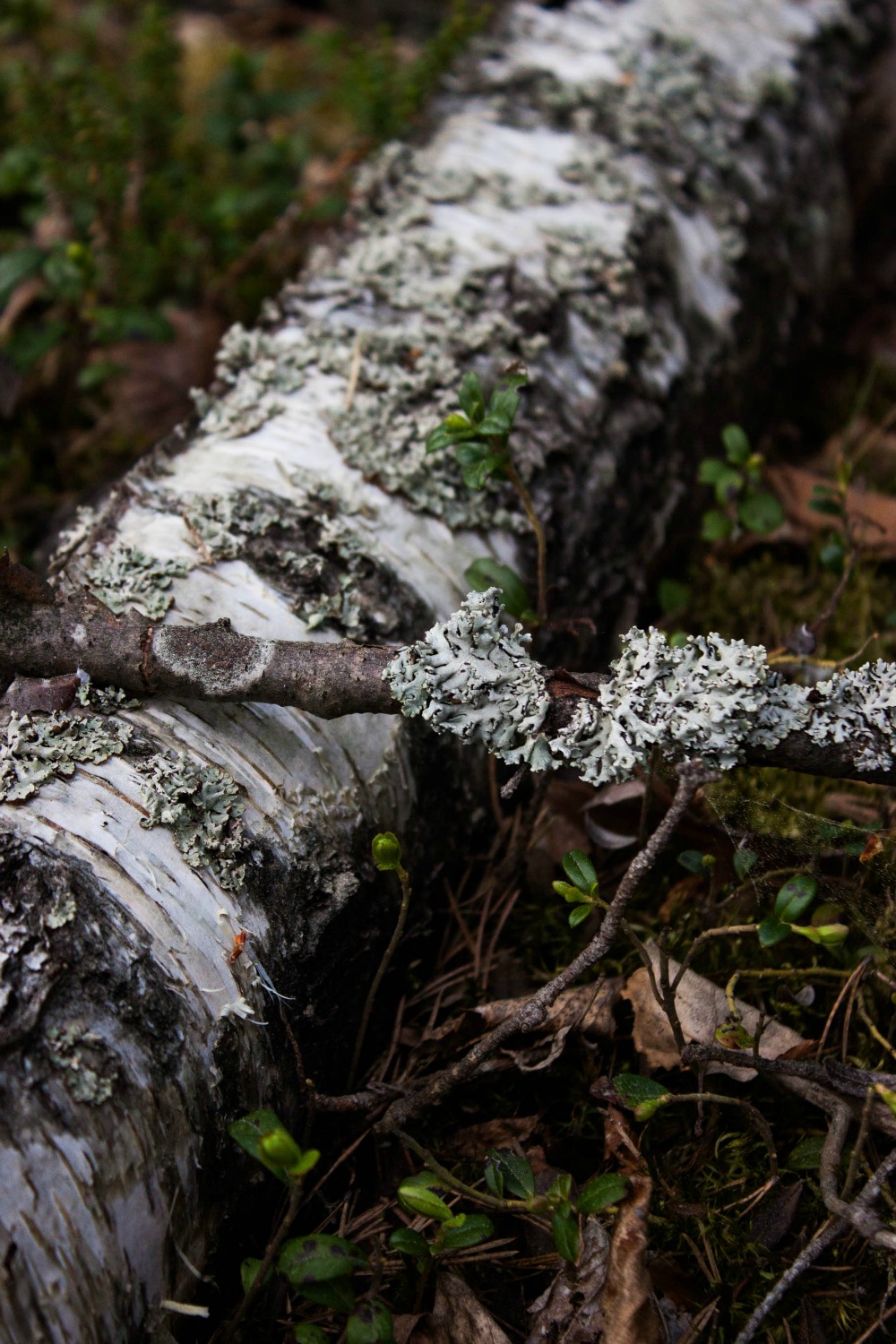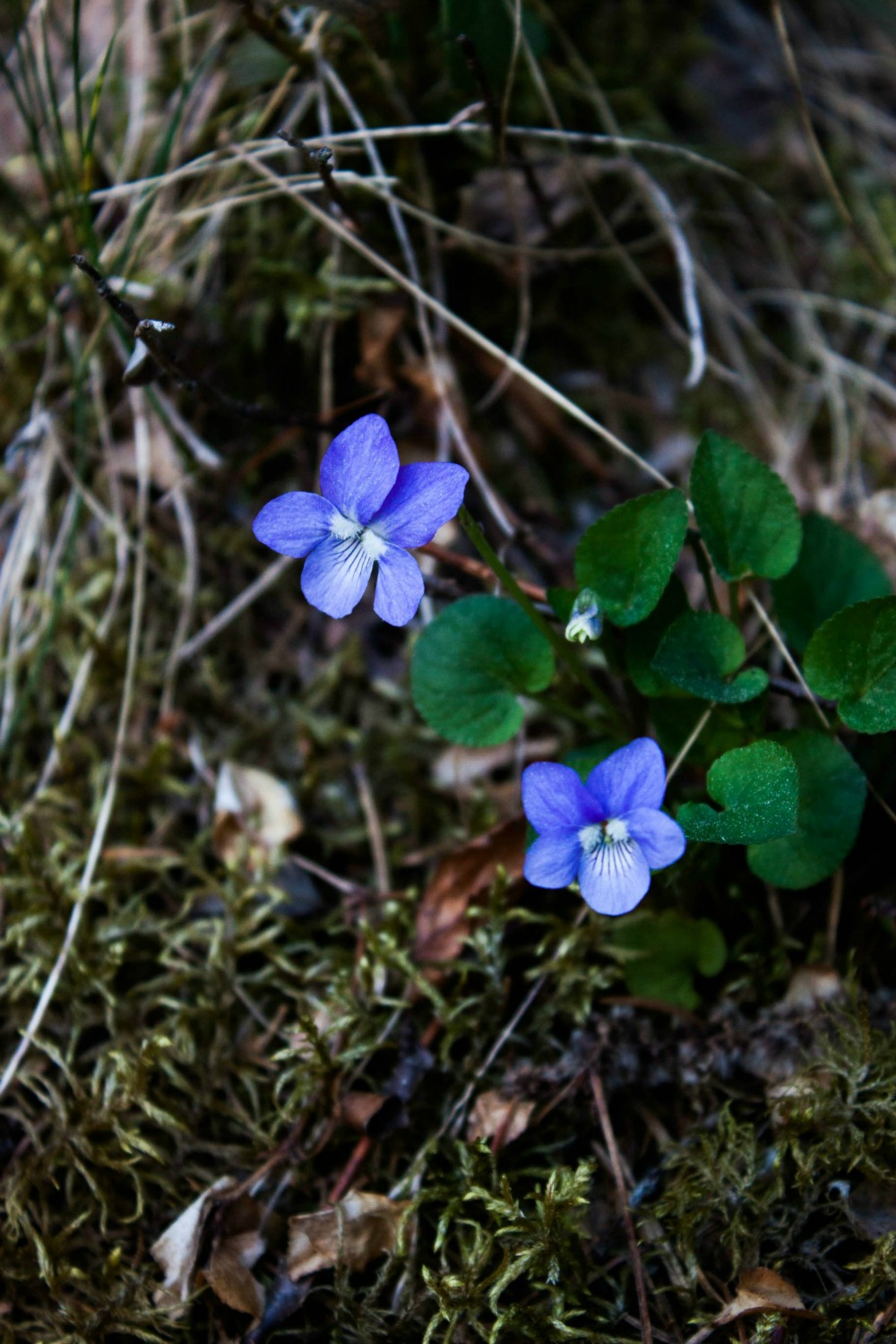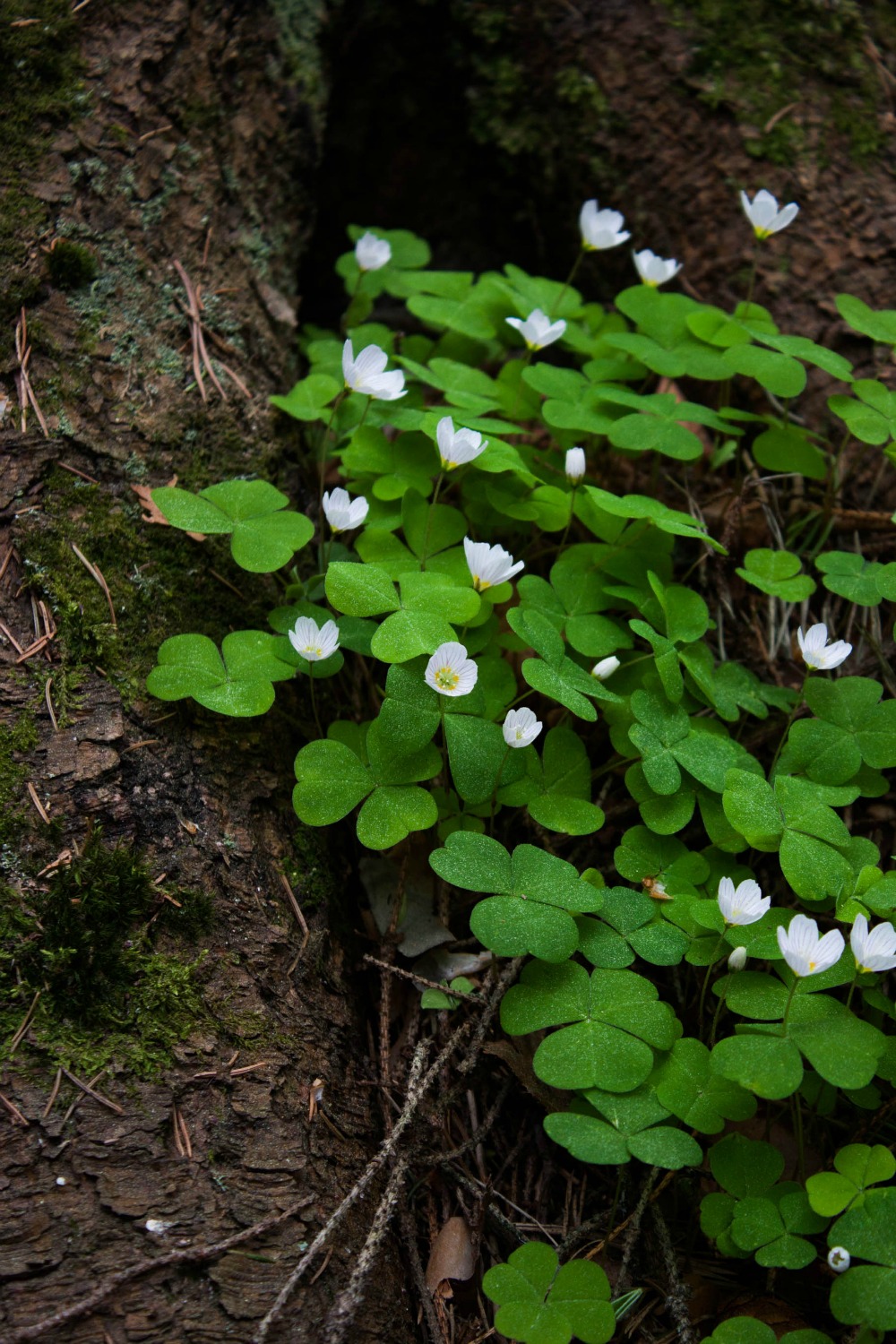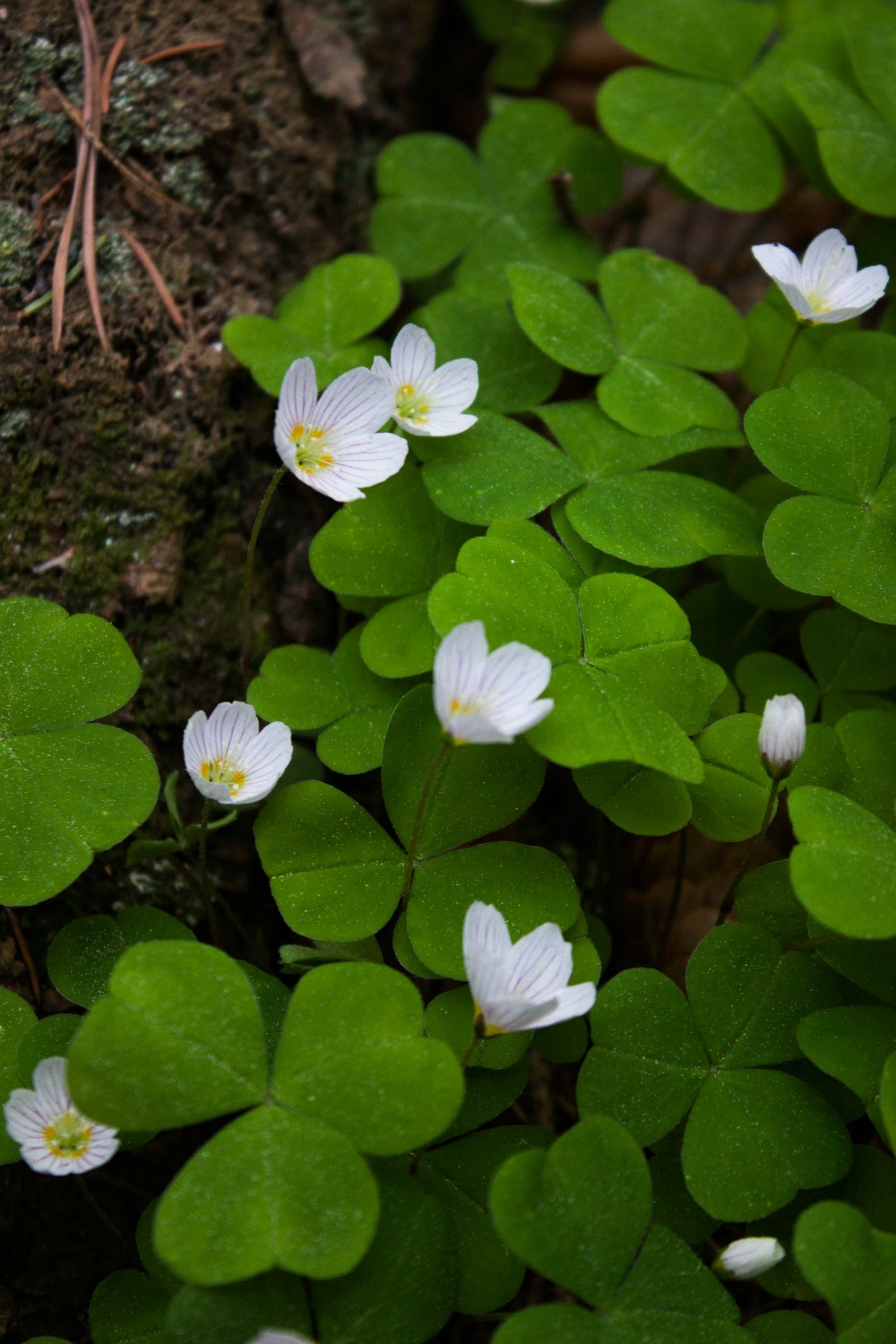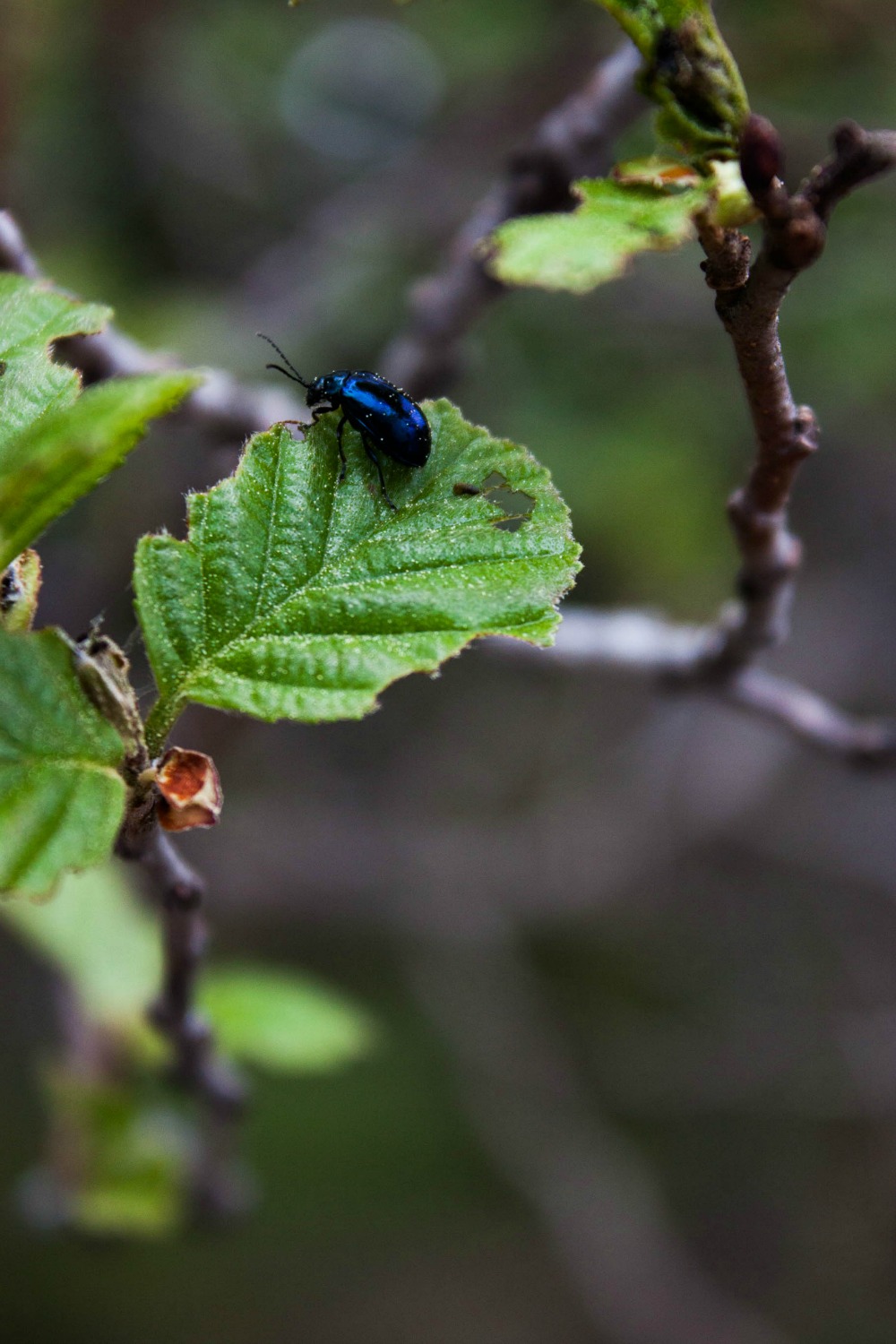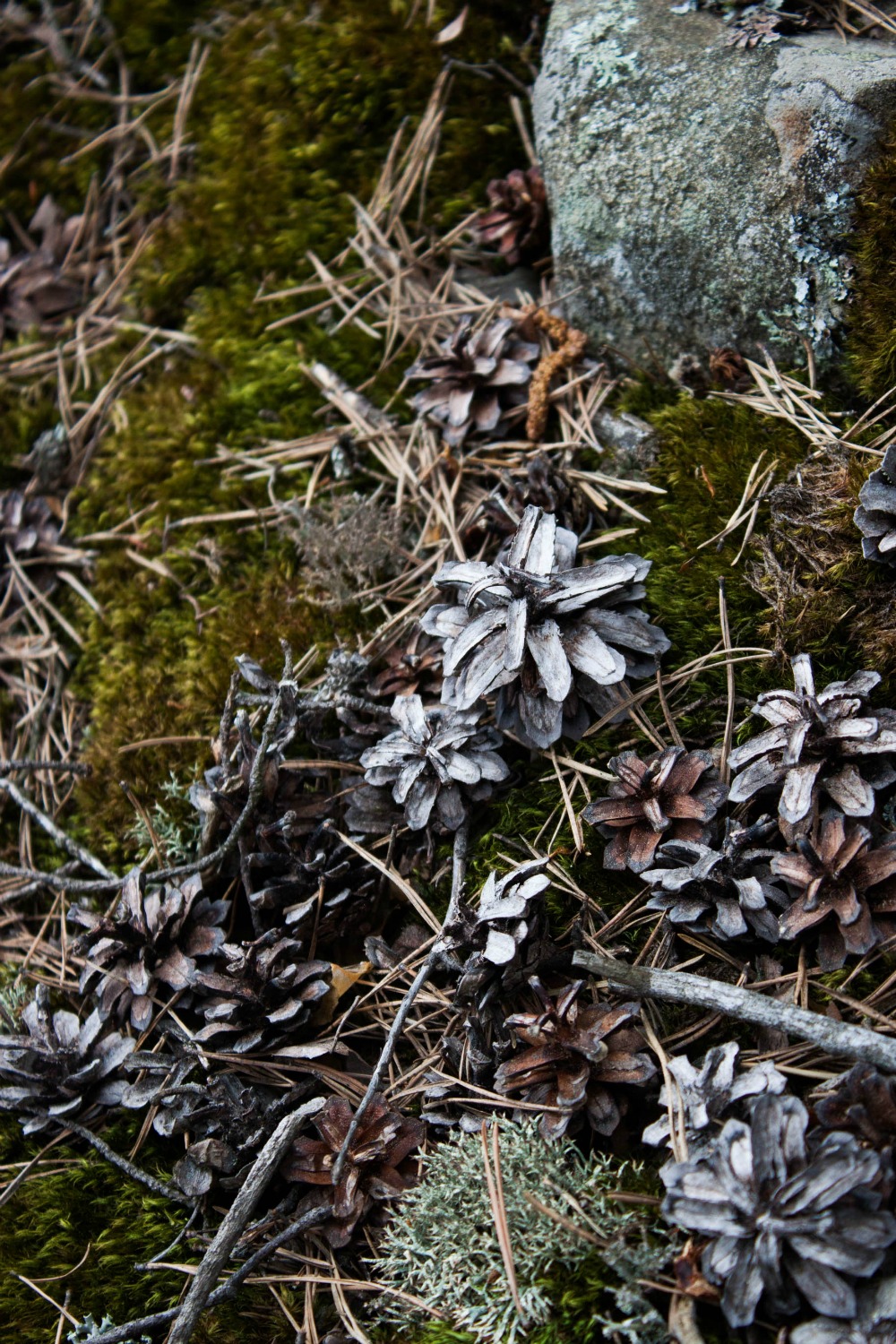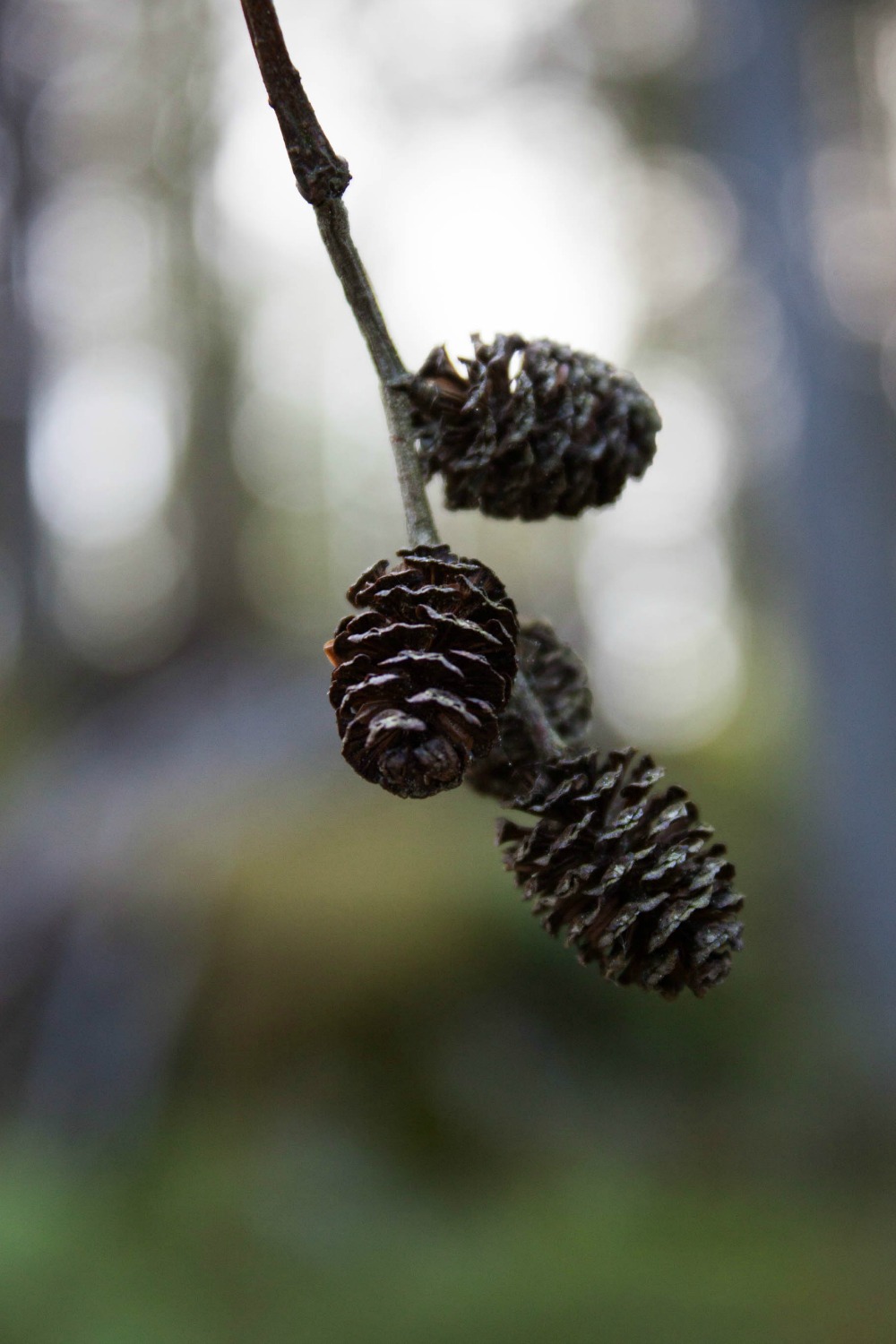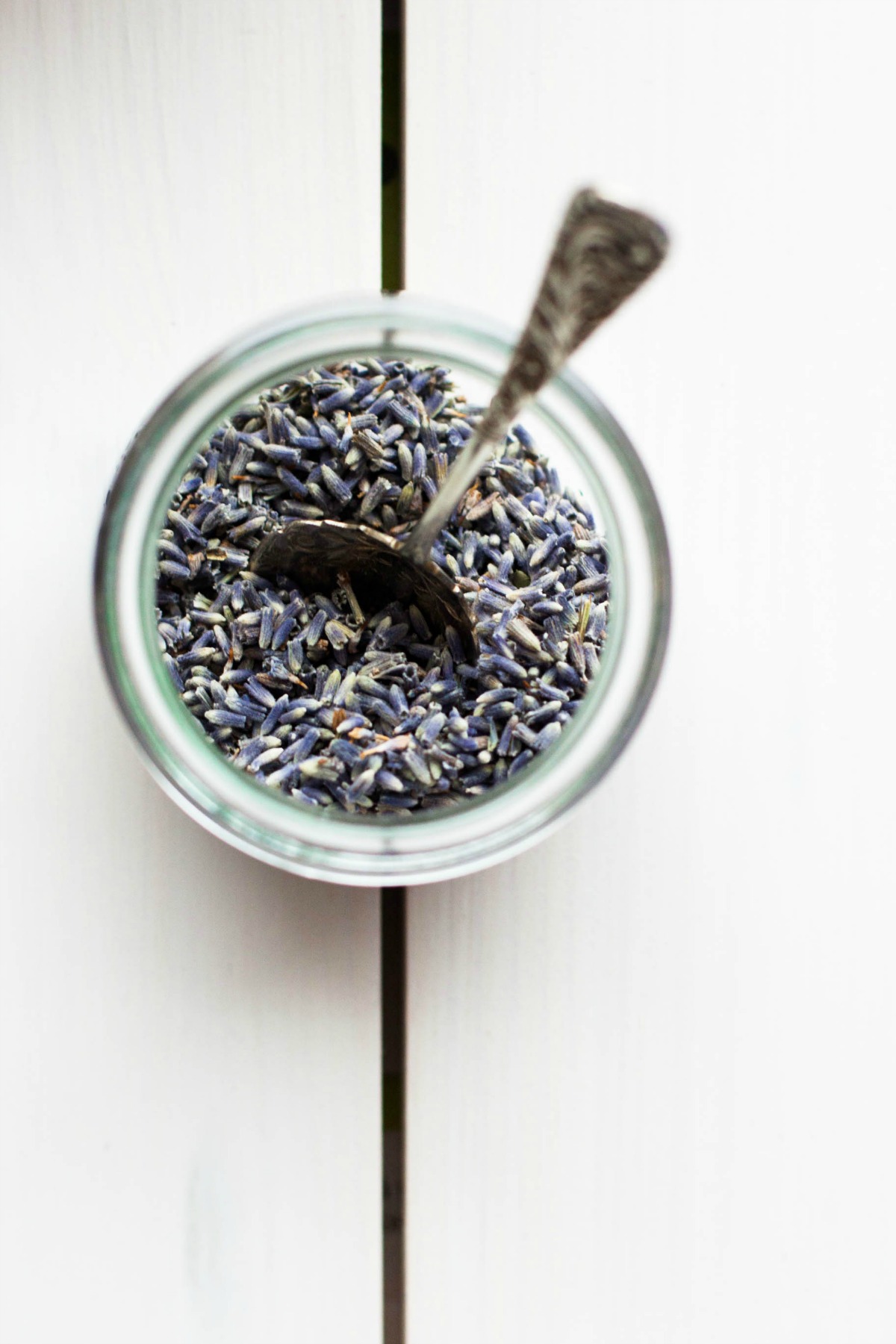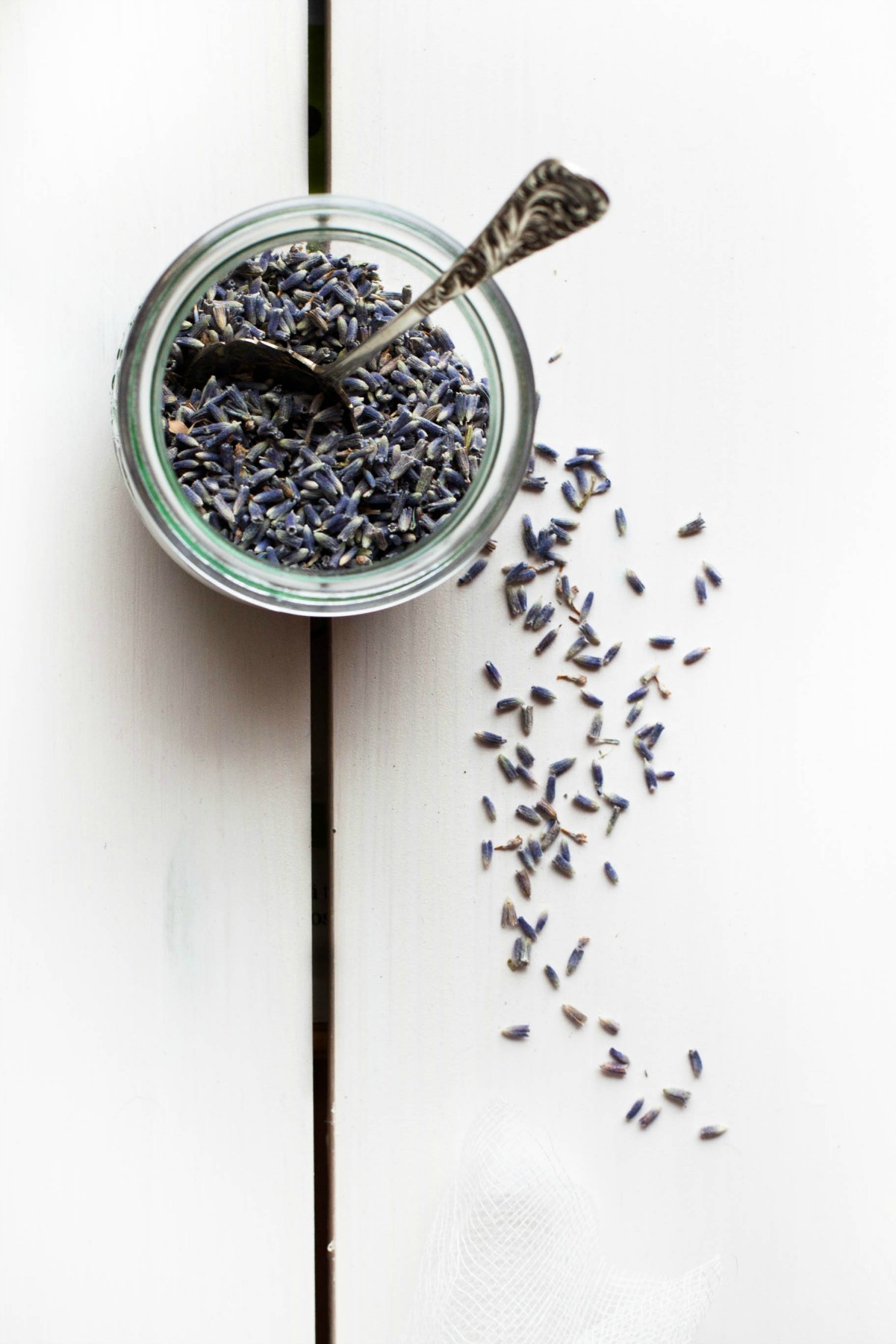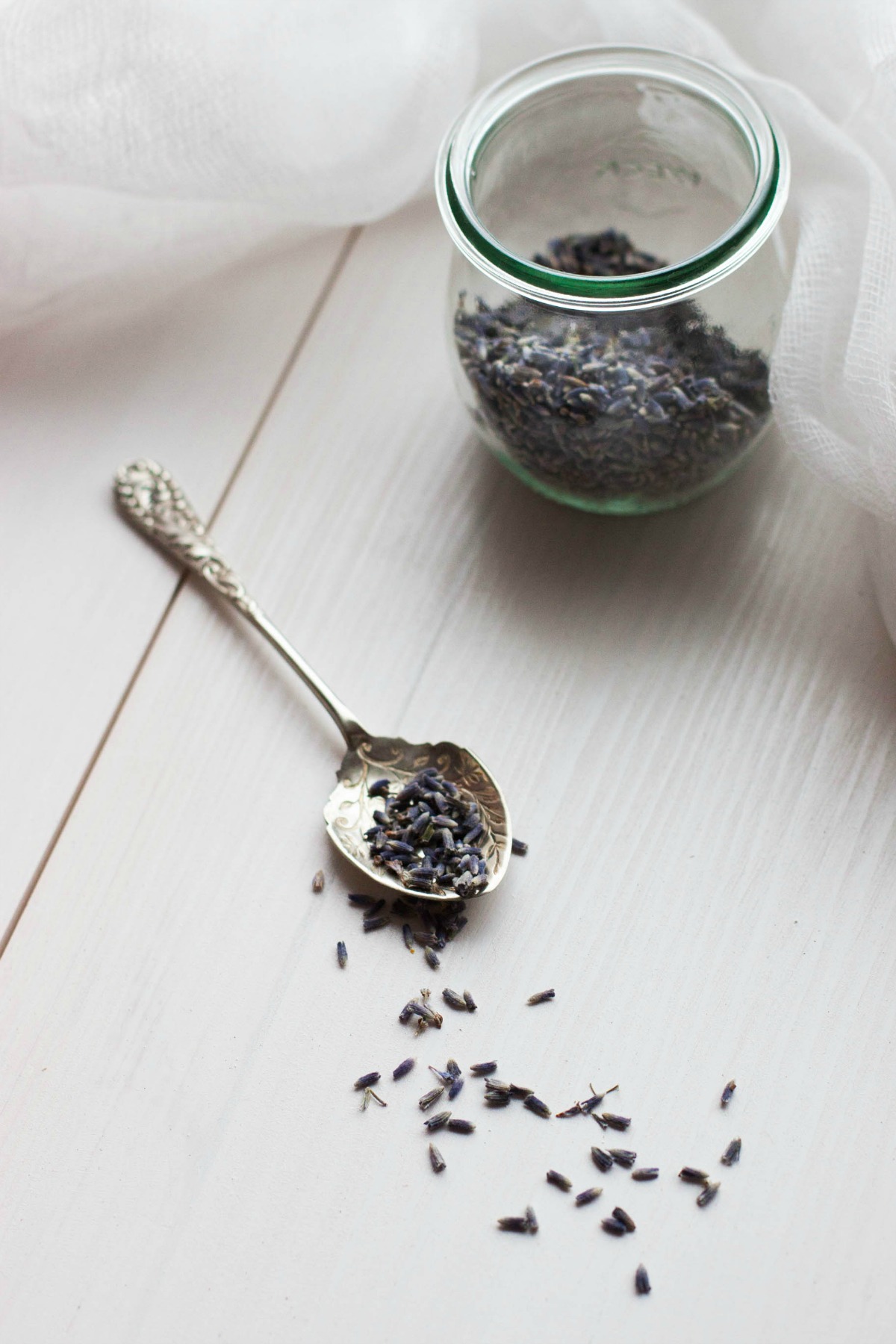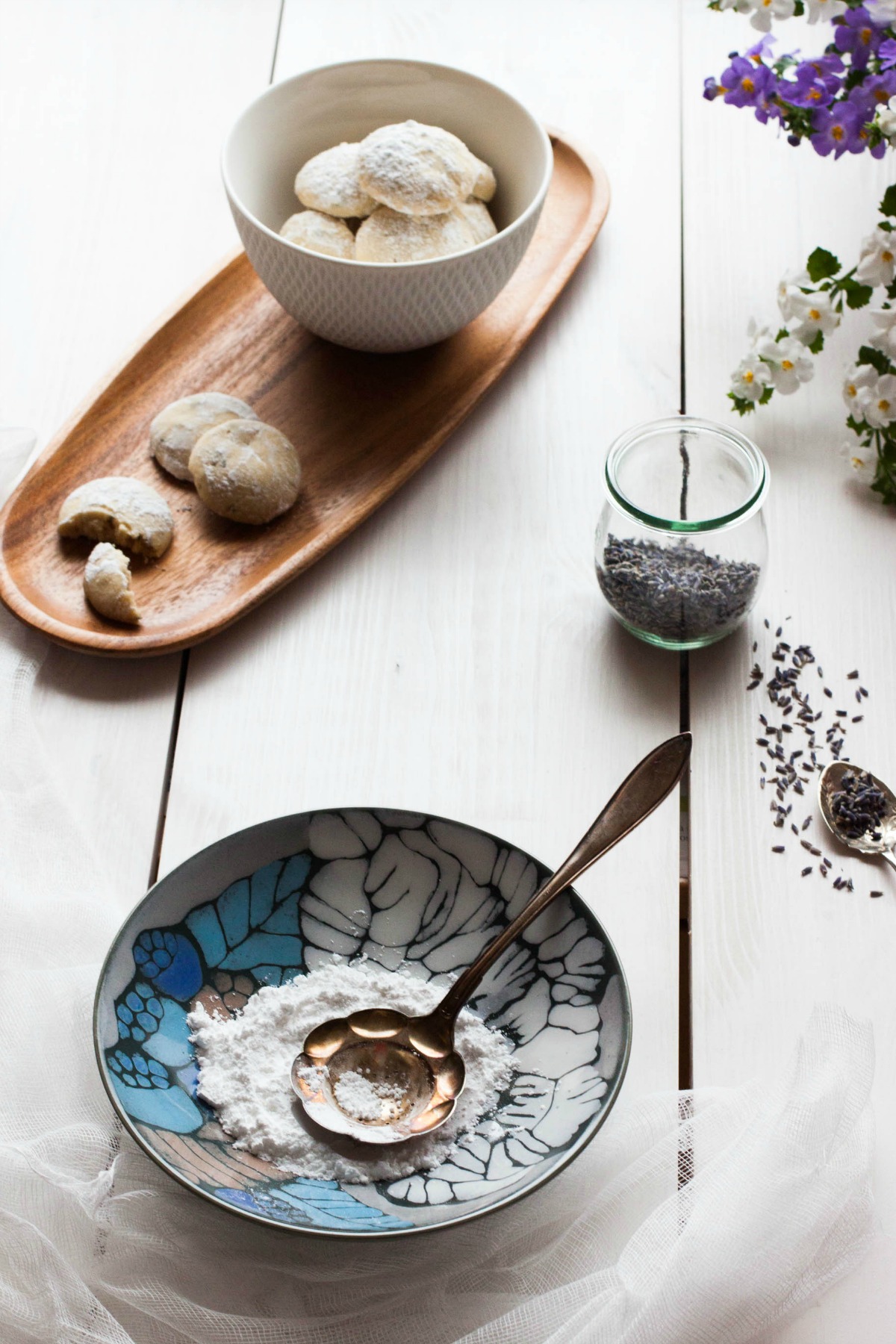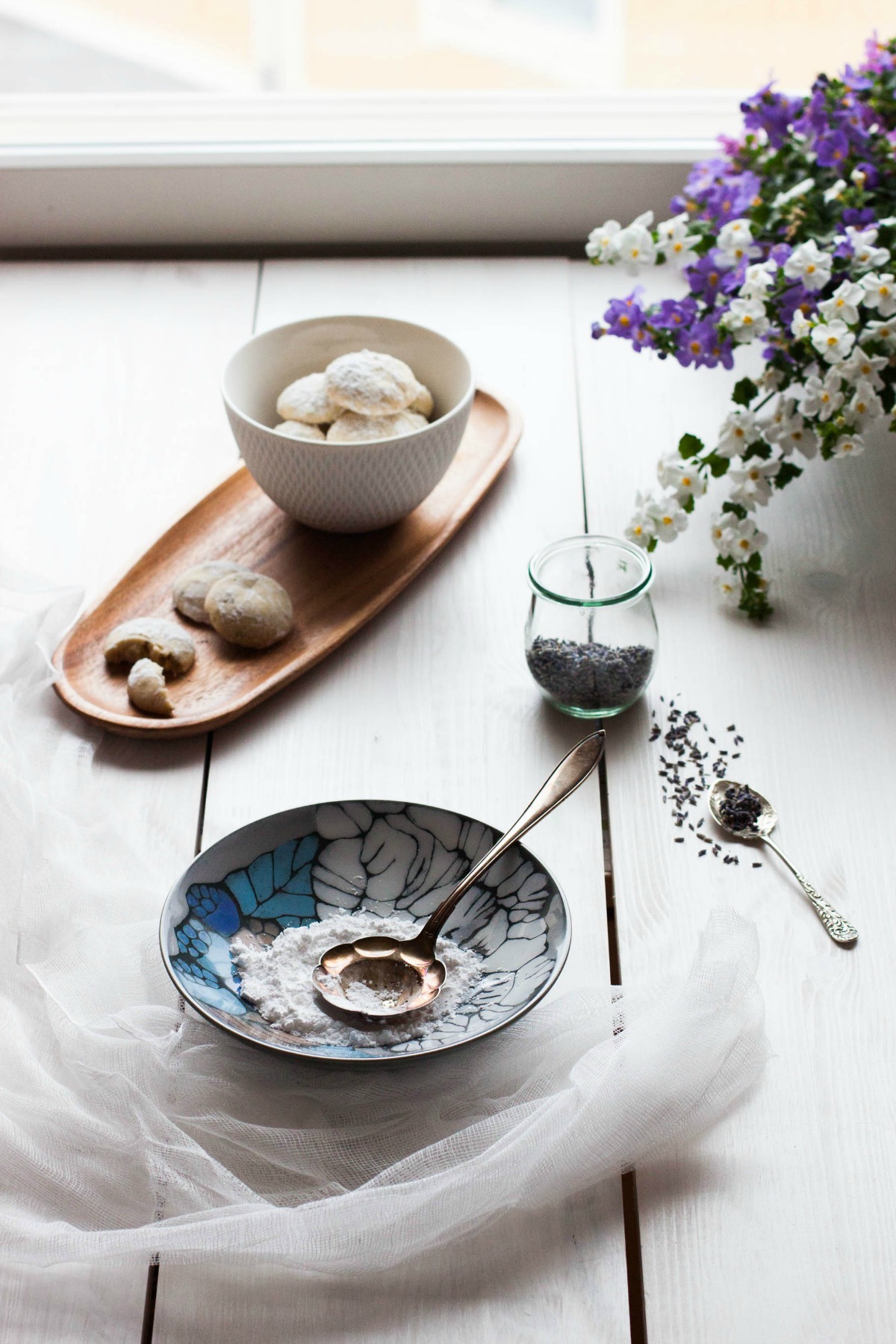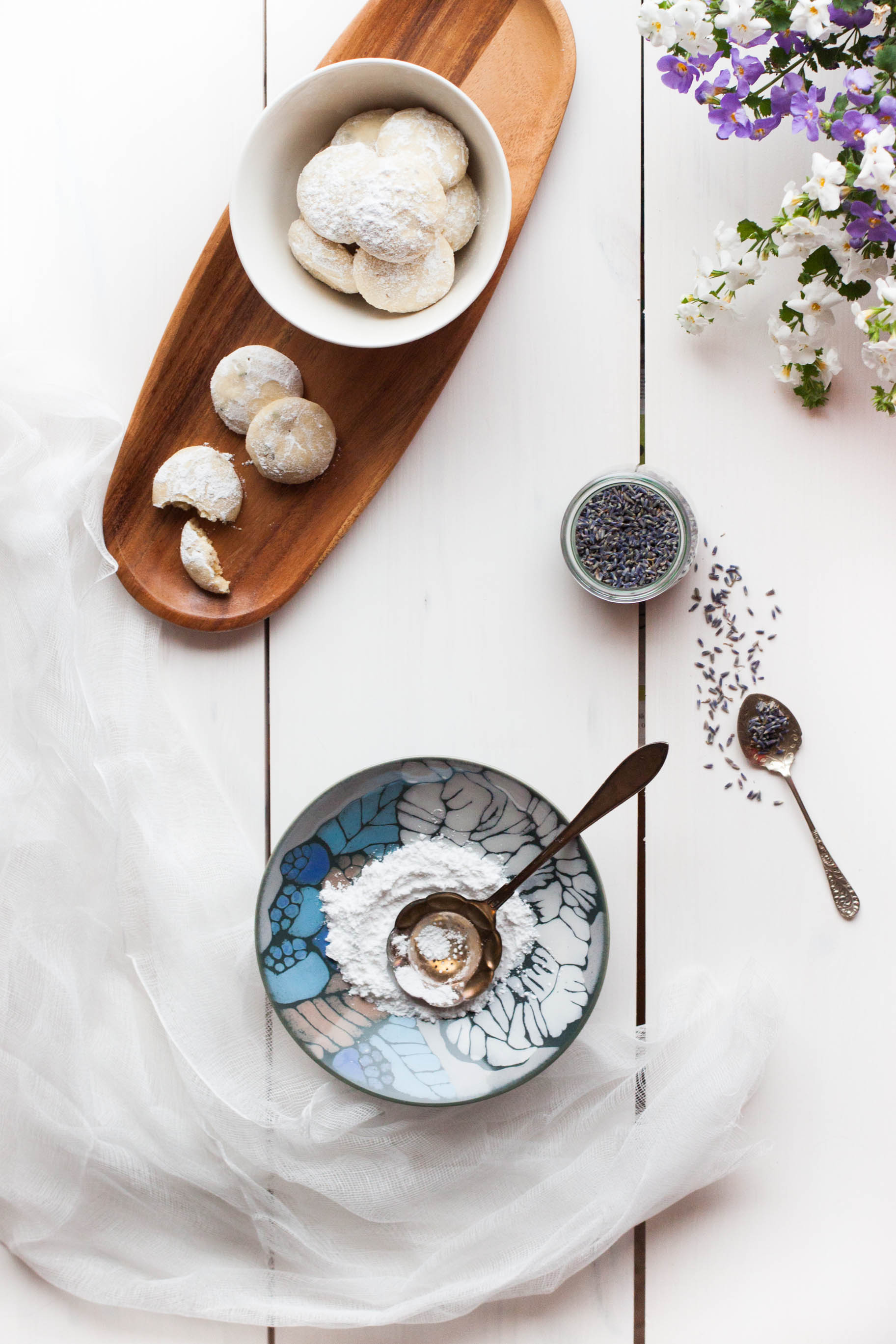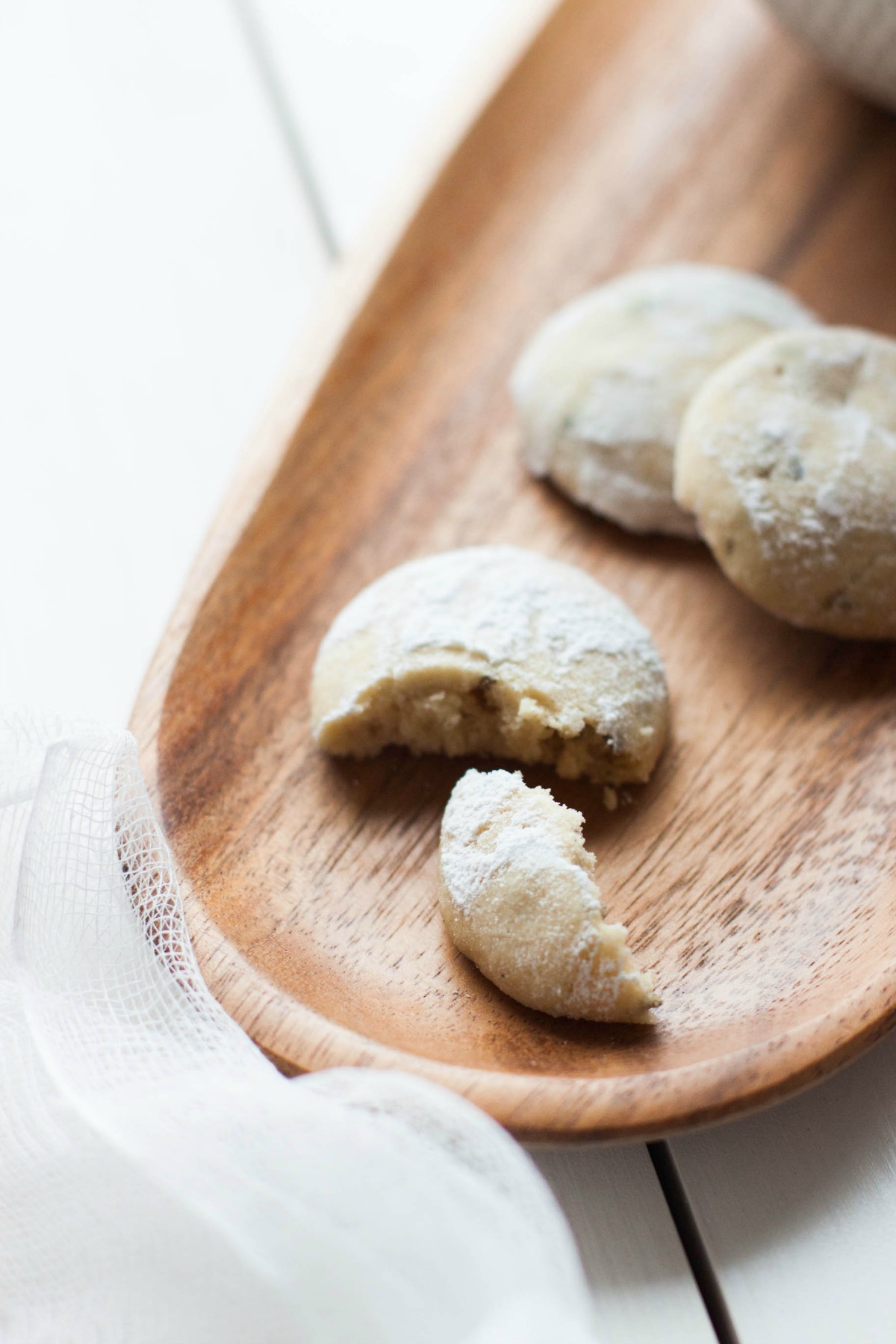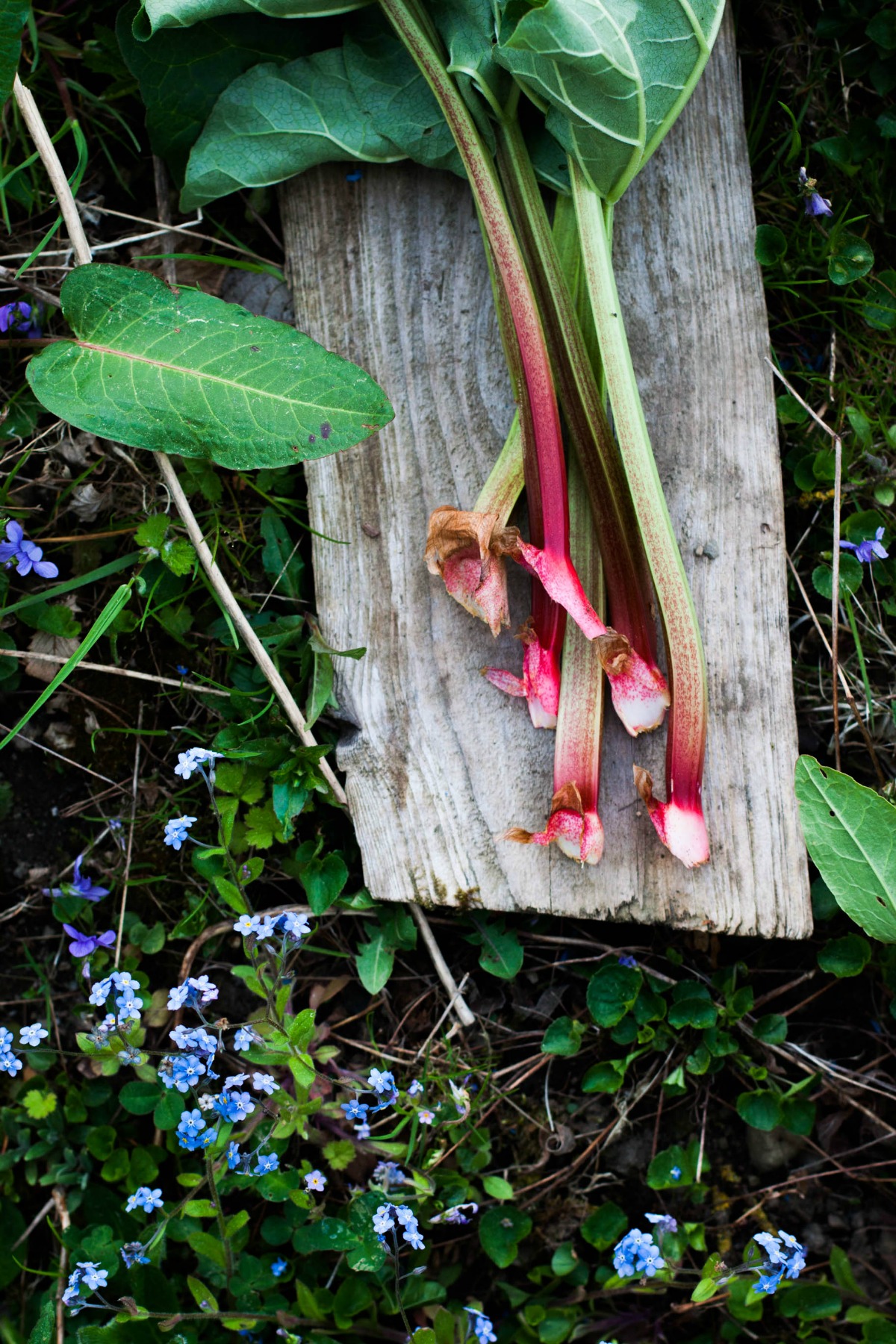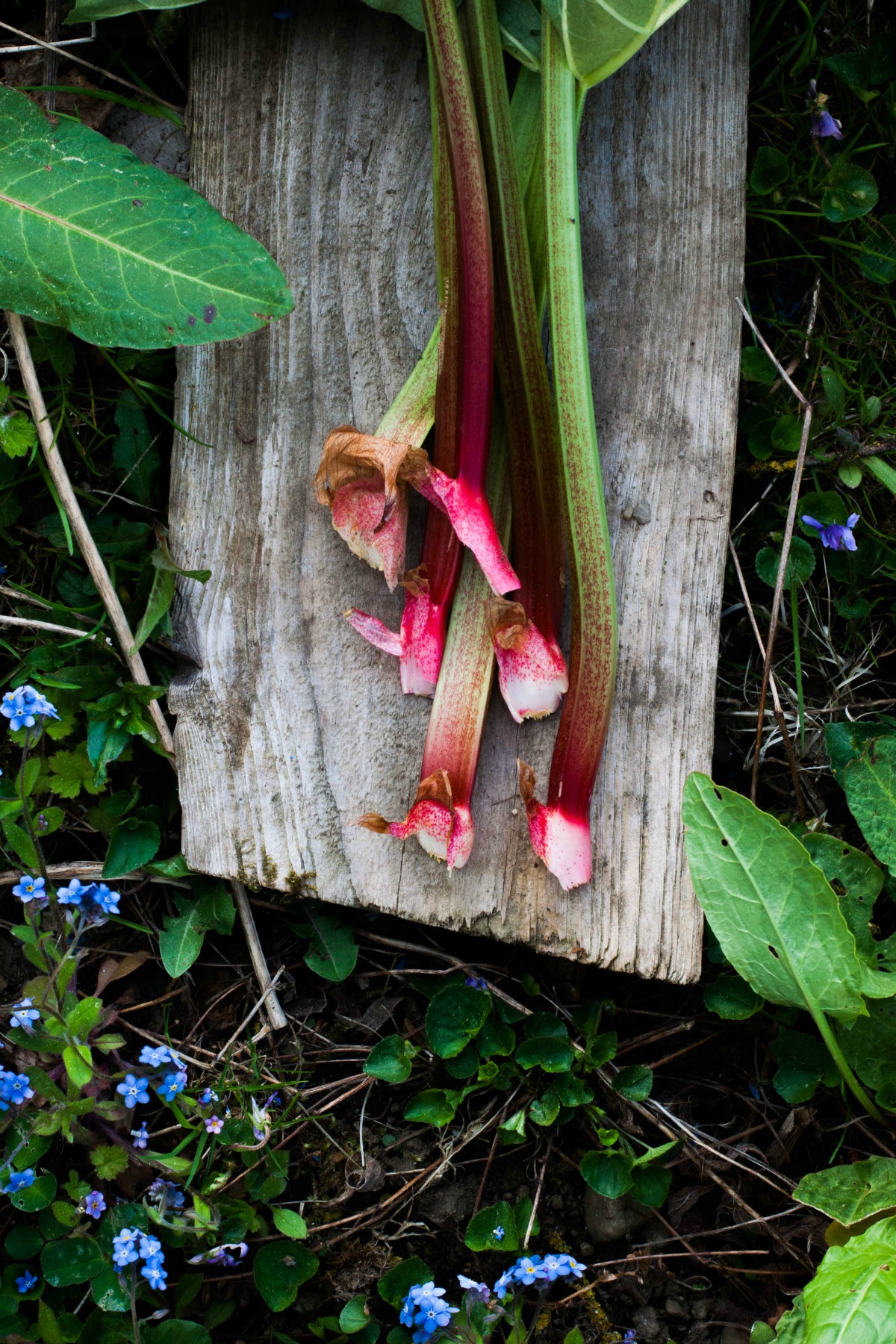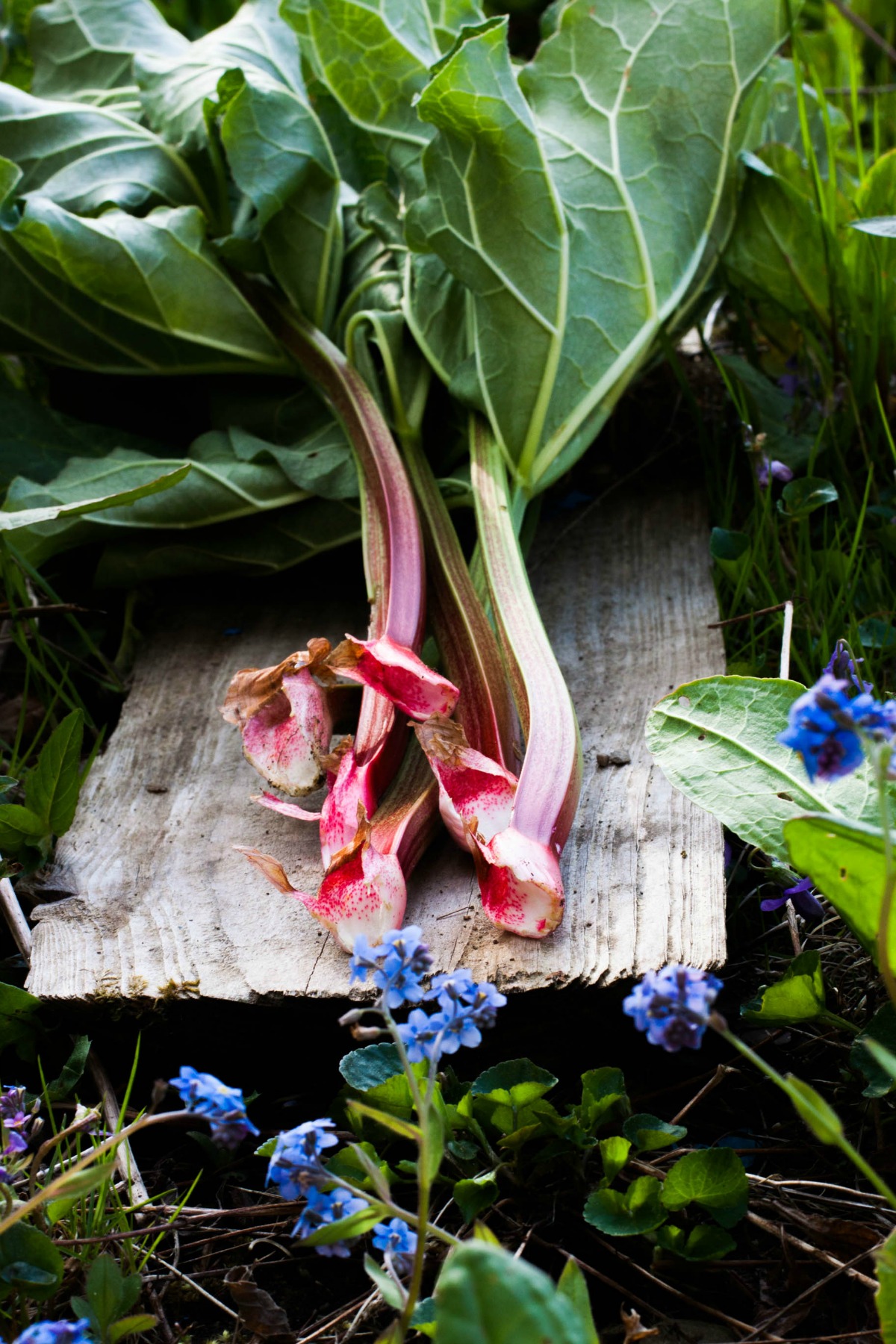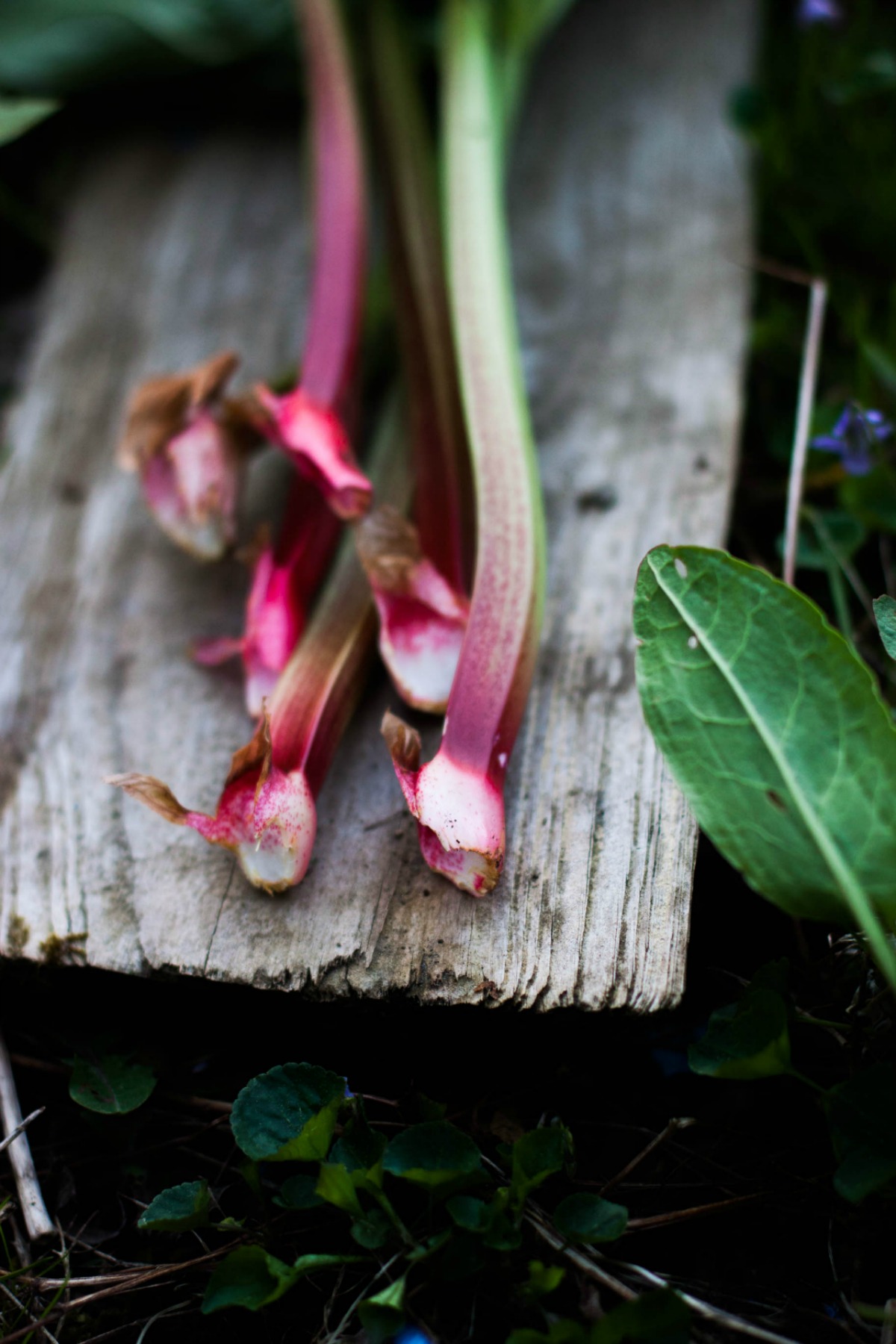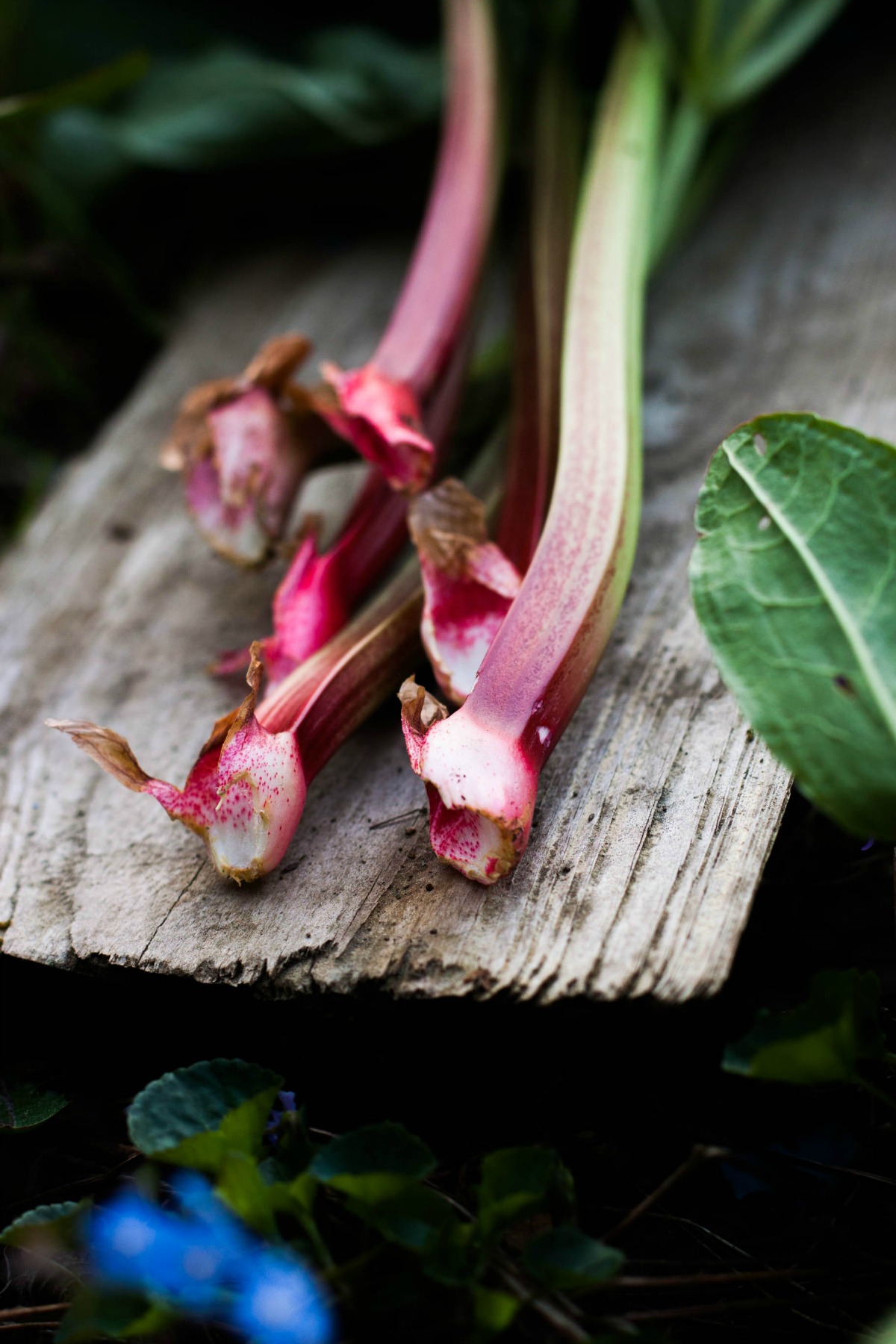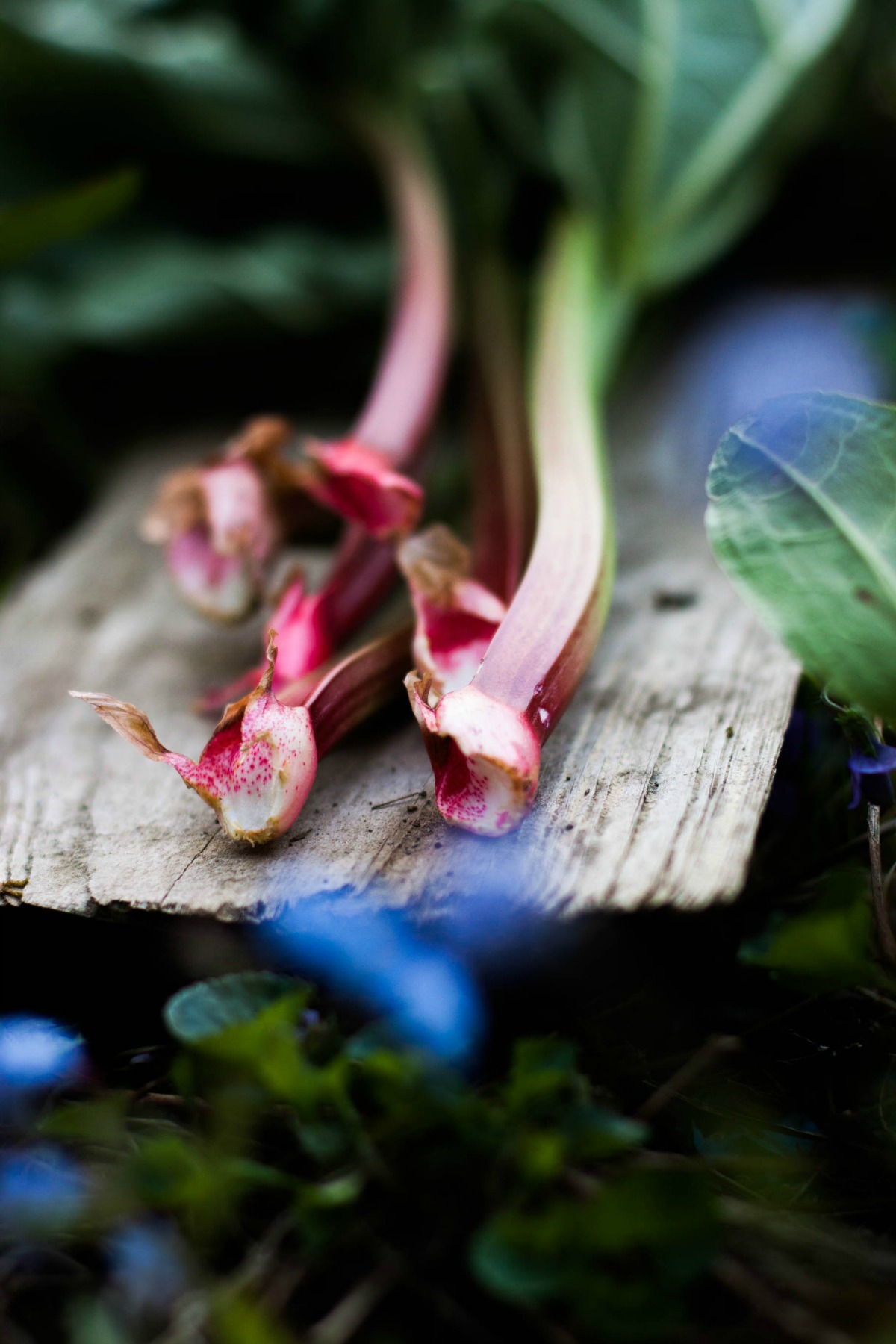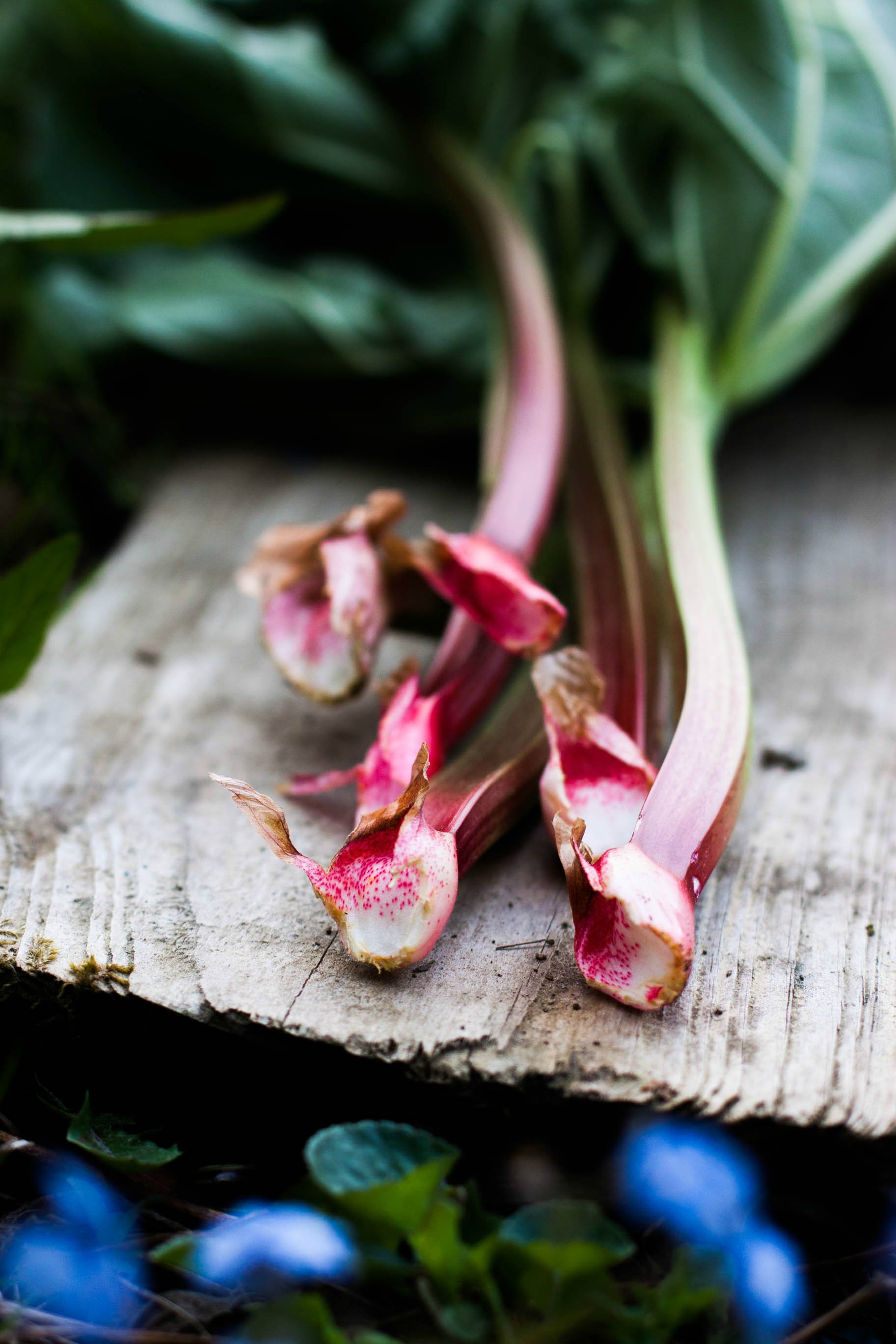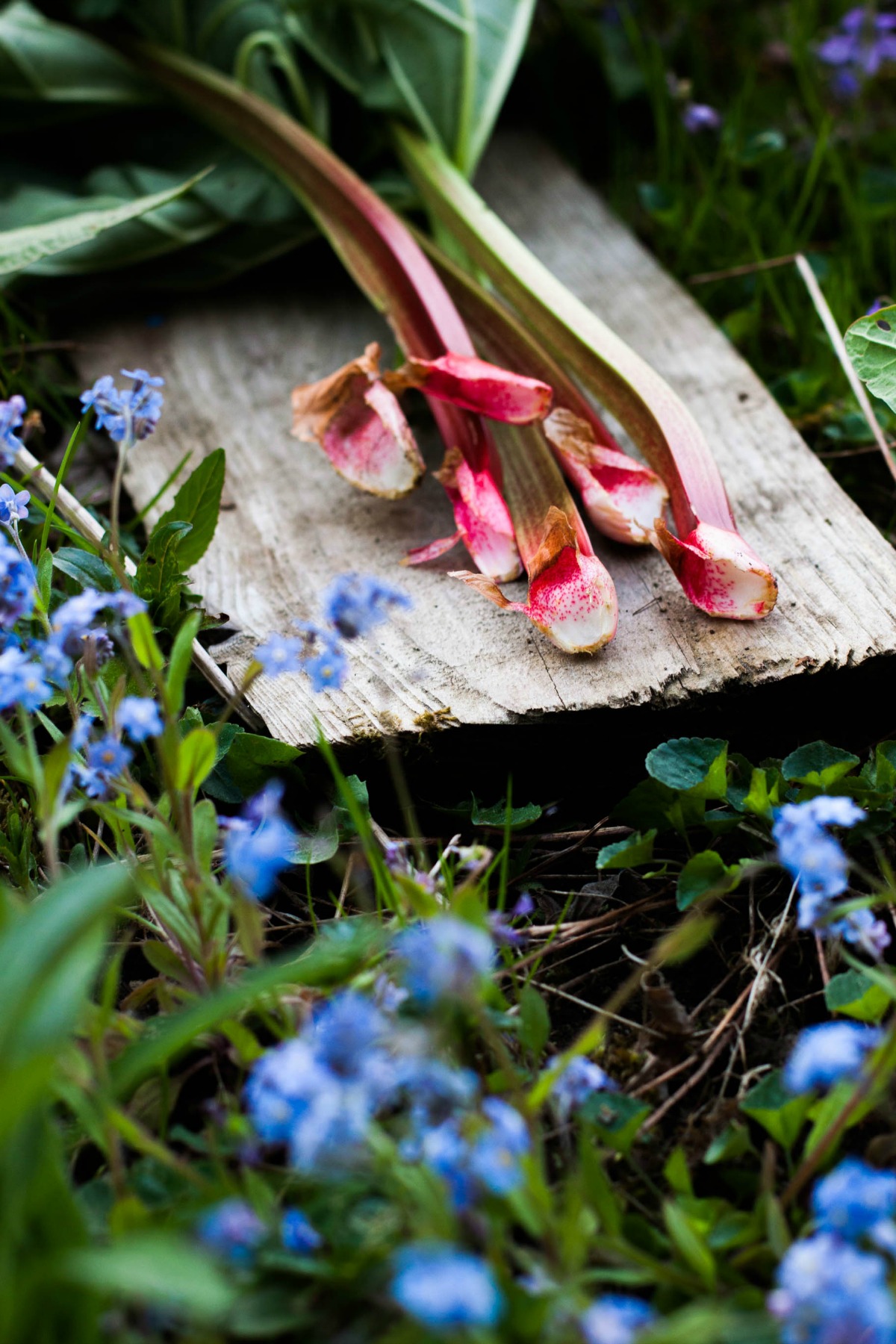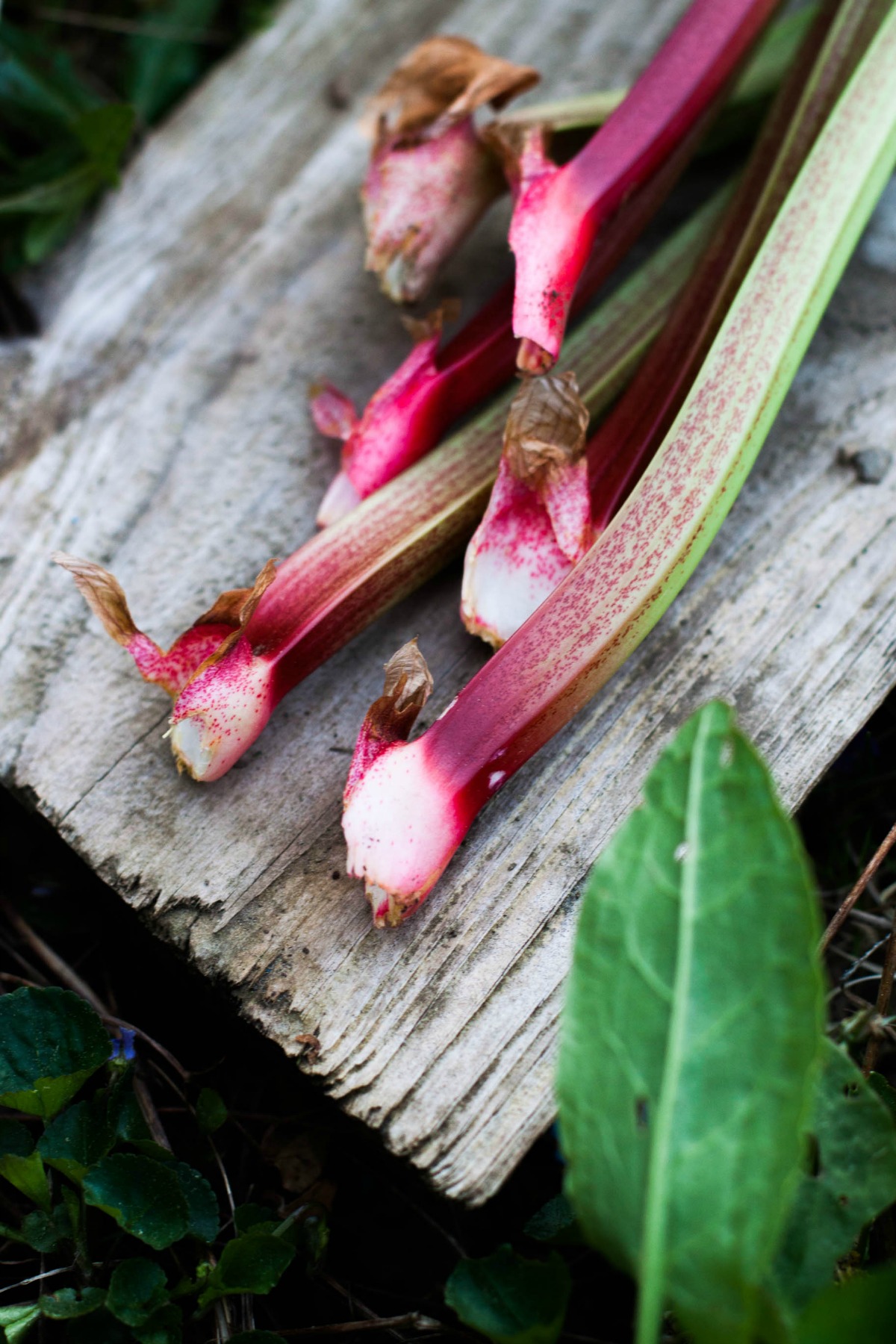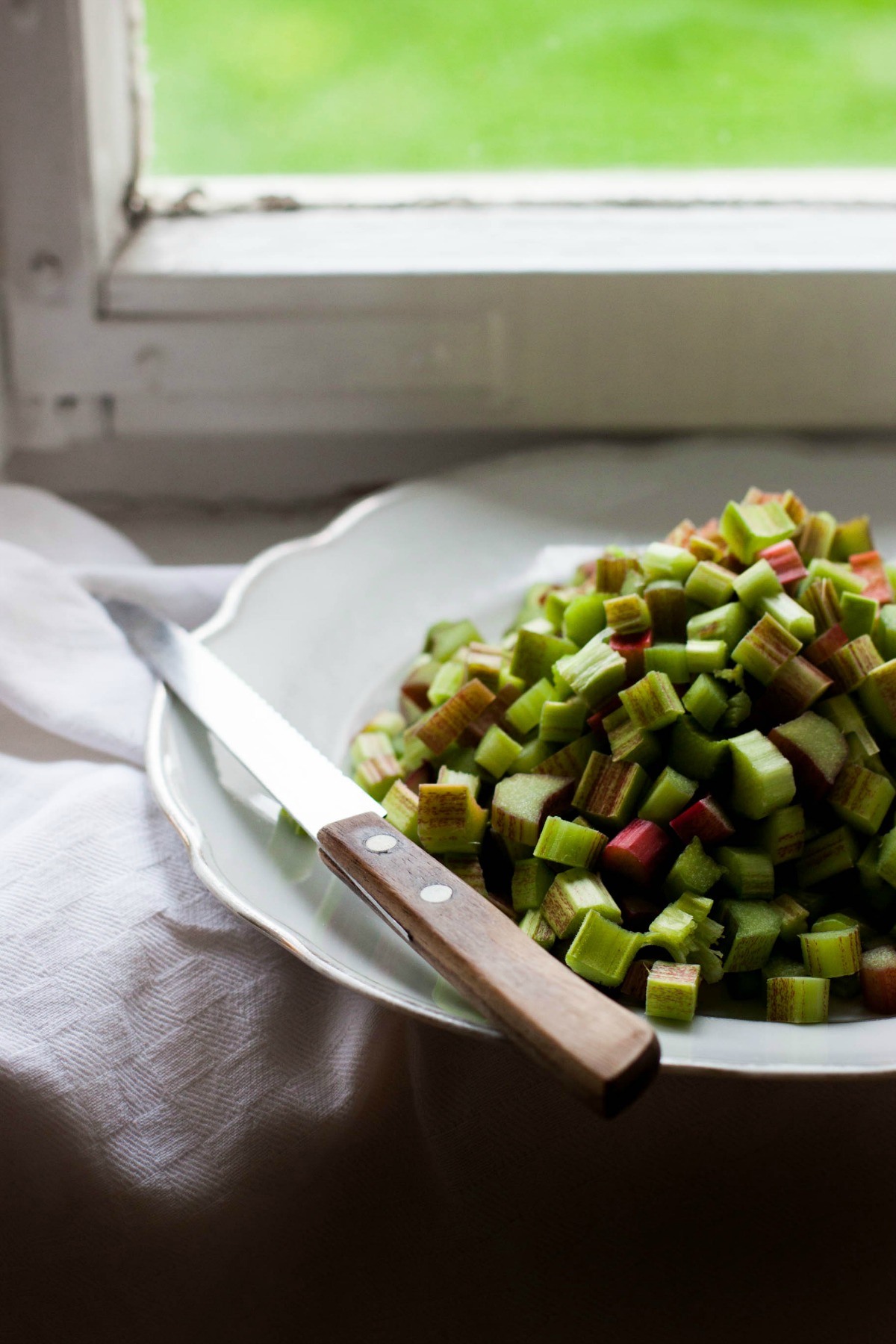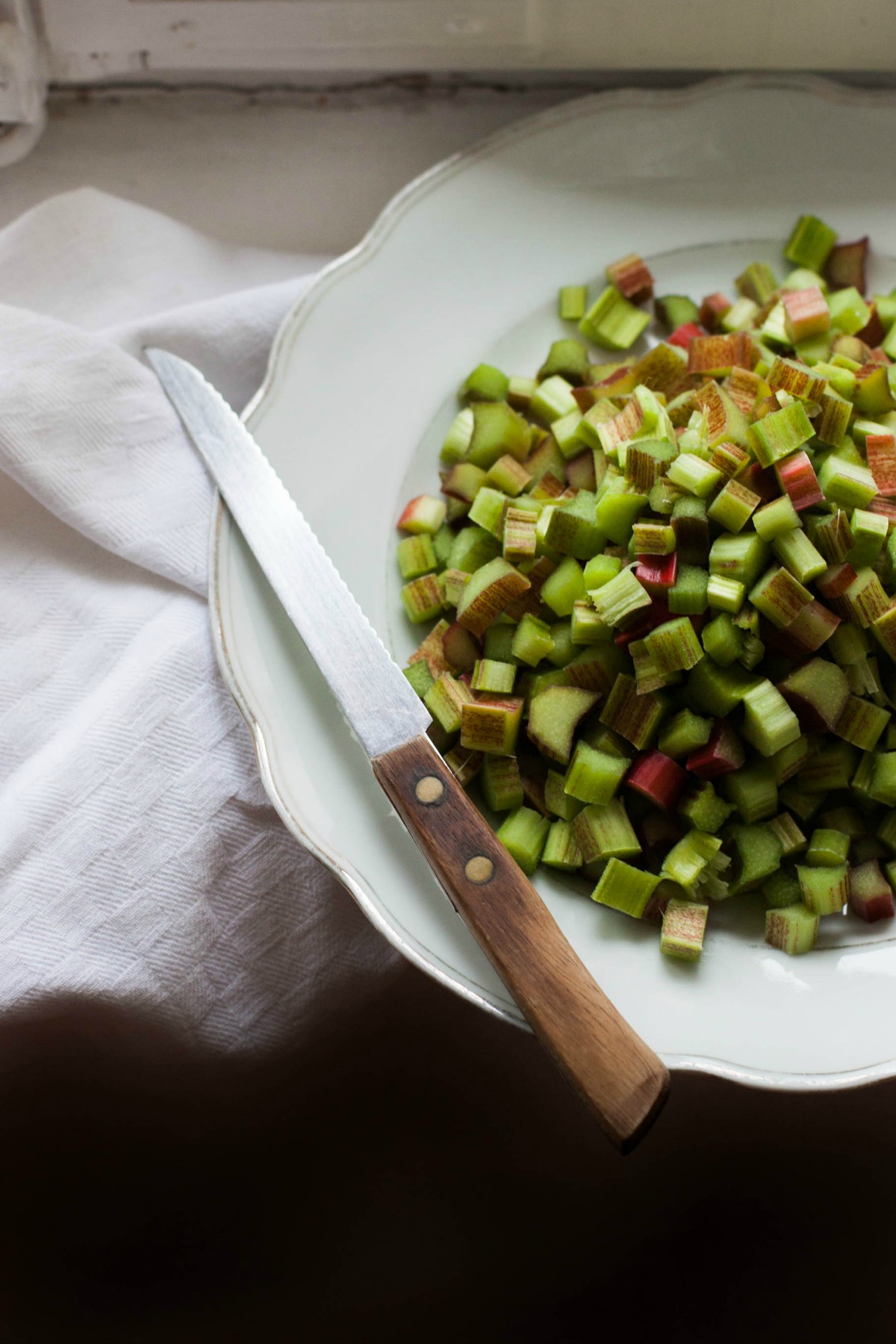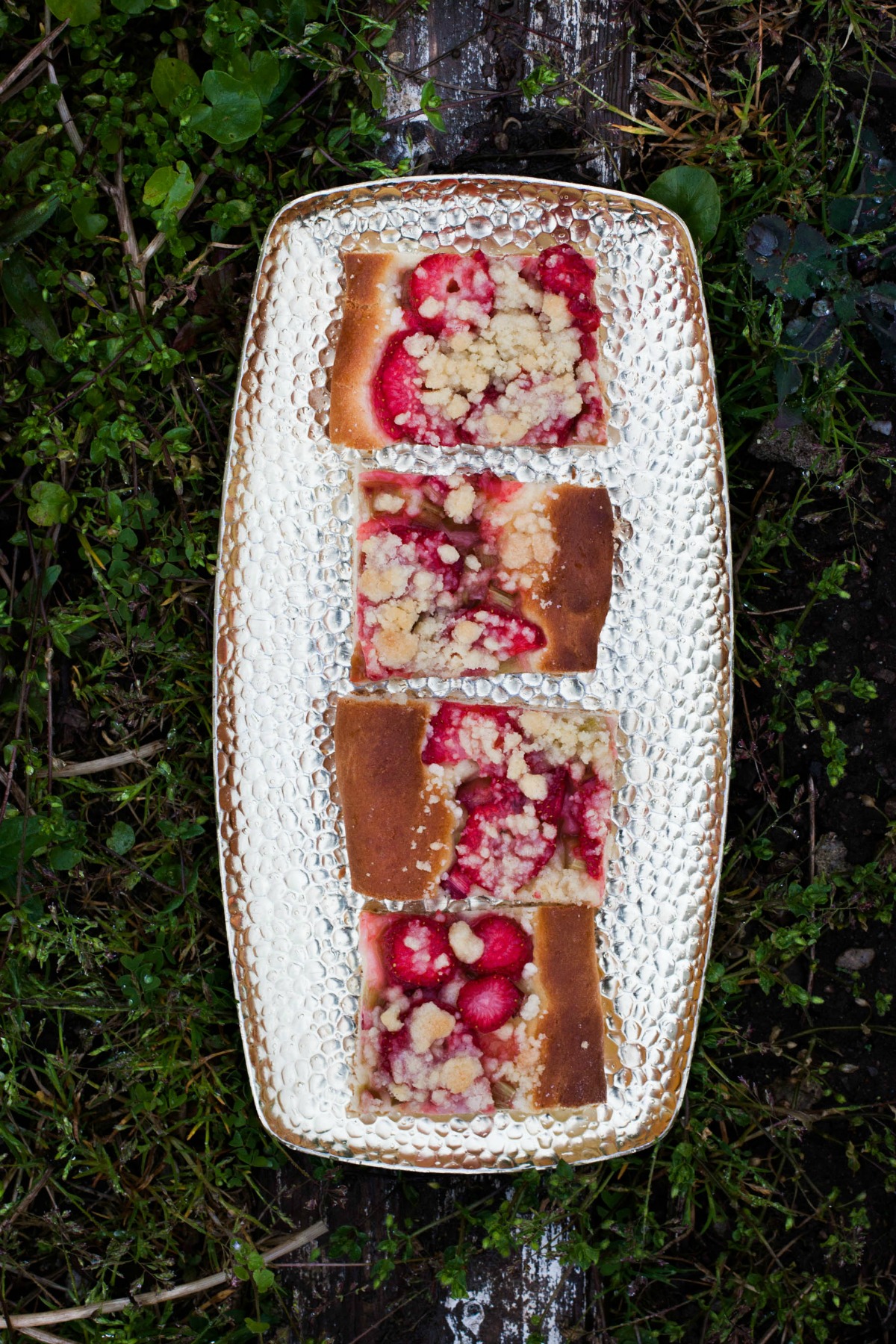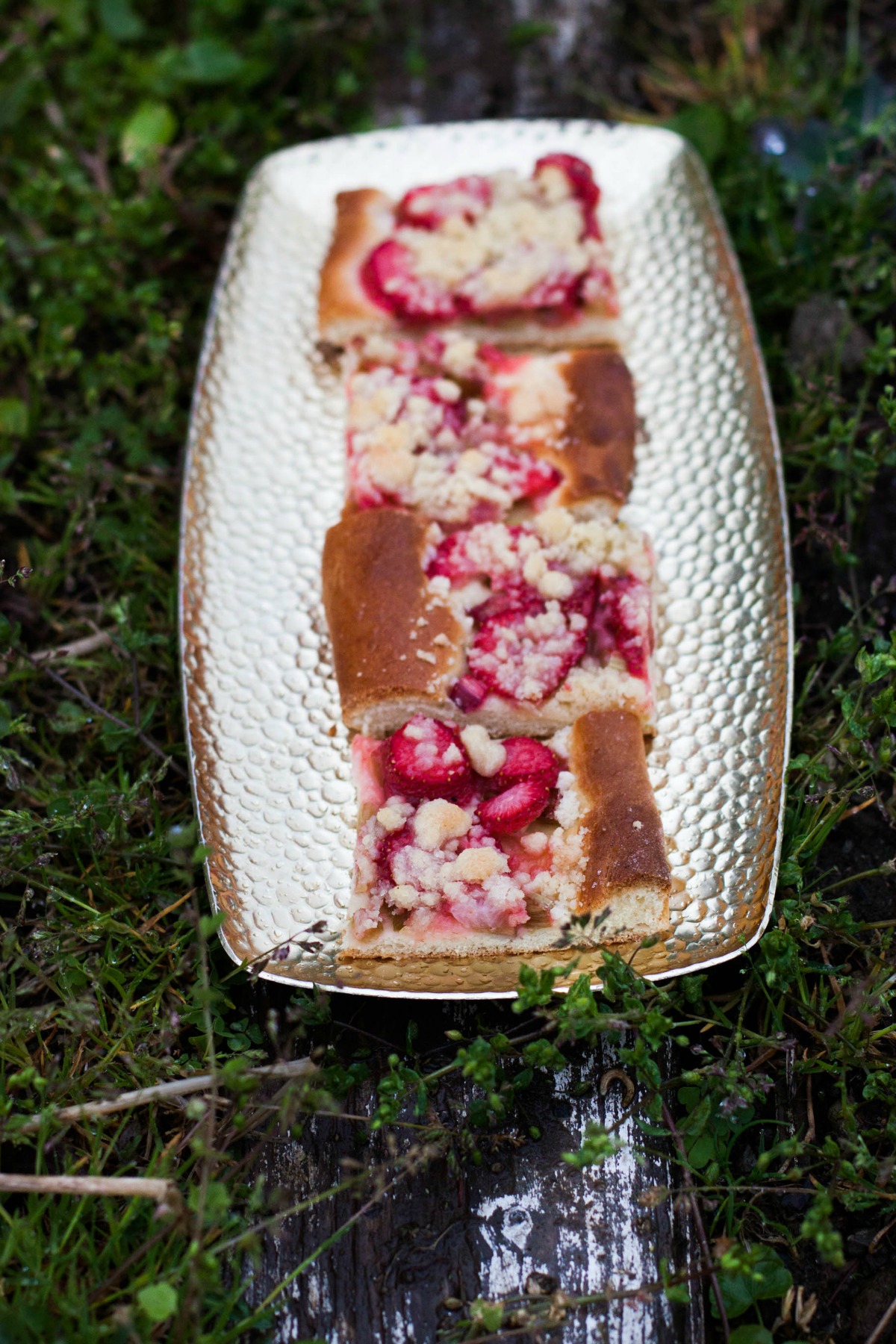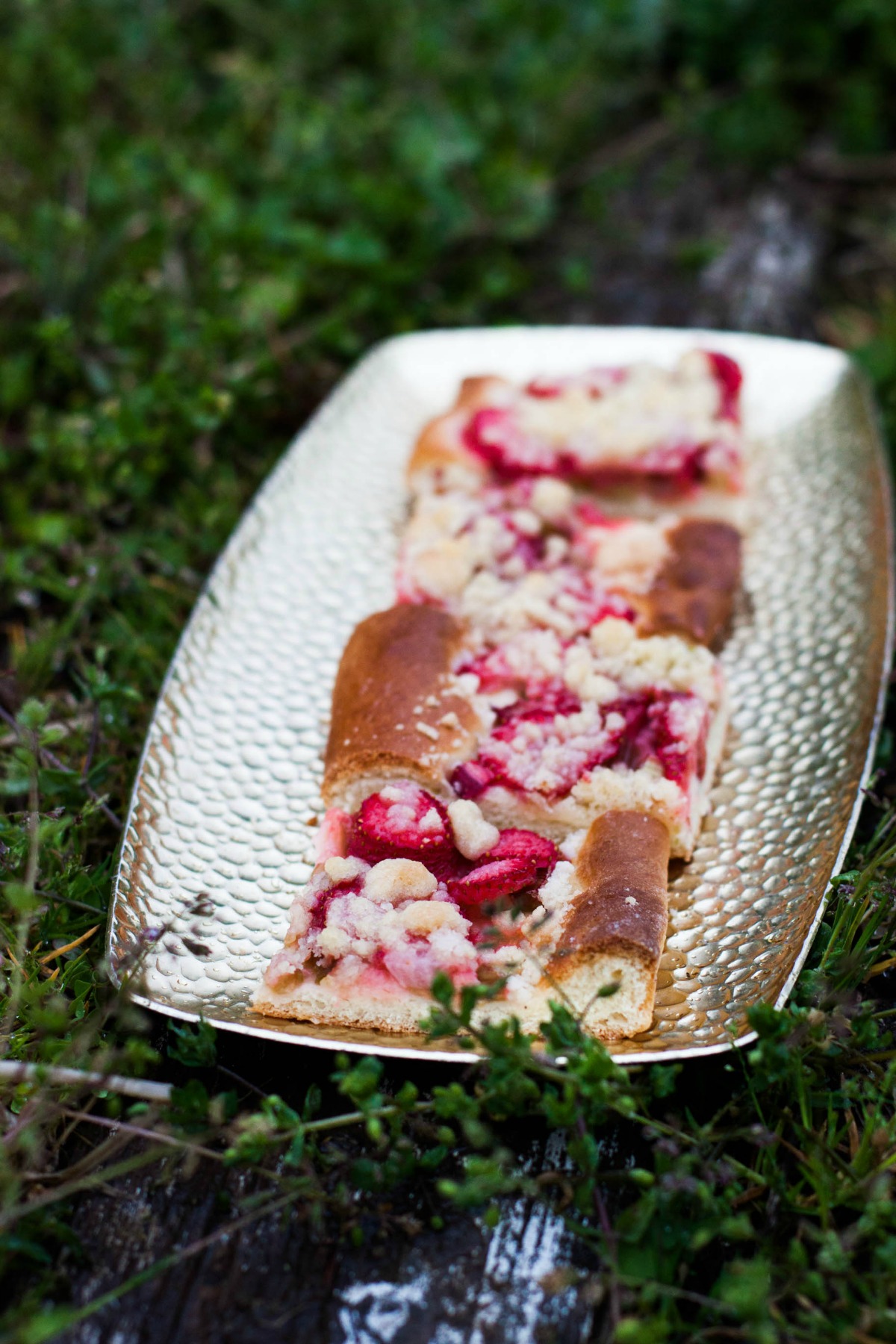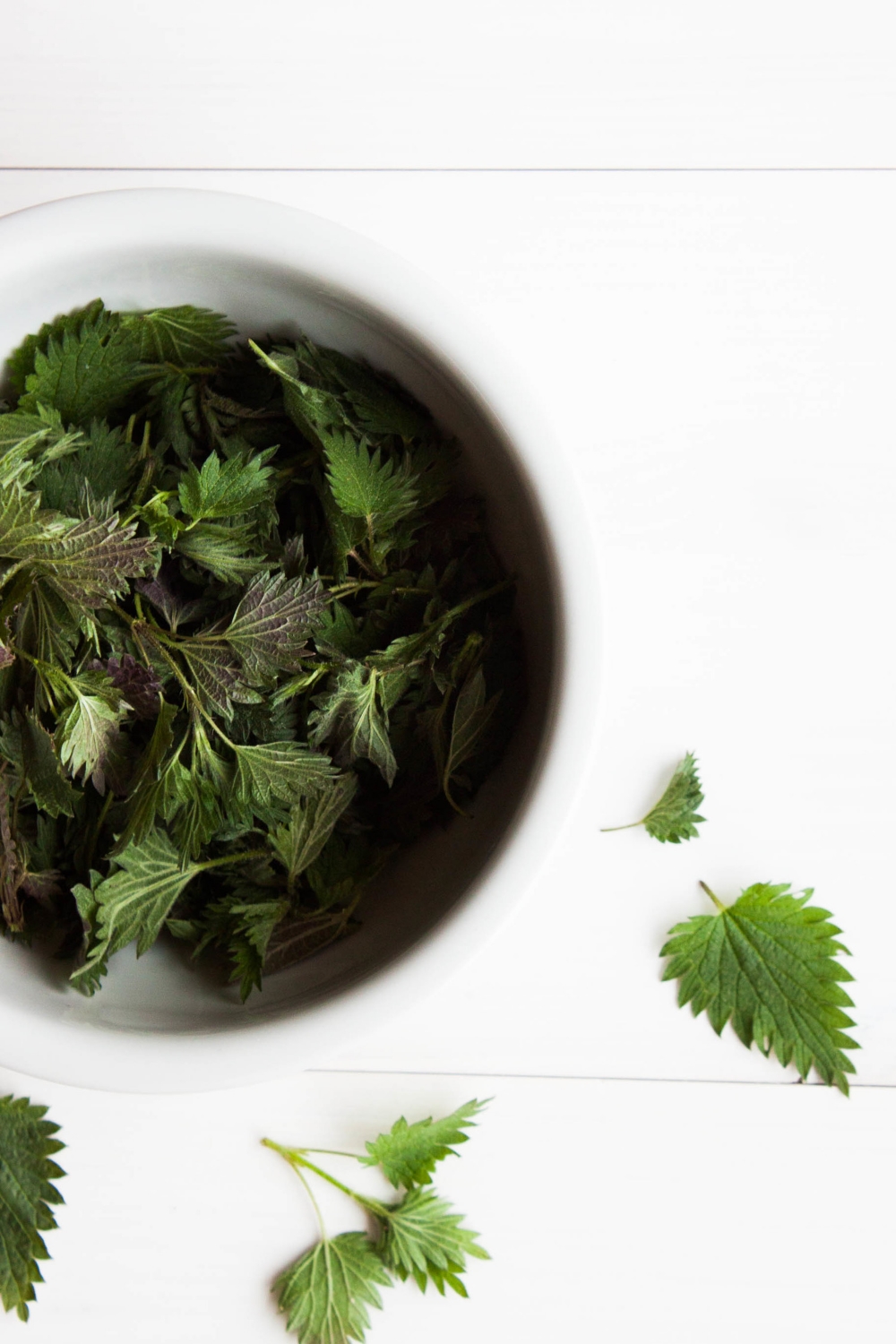
For centuries, foraging has played an important role in Nordic culture. In the former days, it basically was a necessity for survival; you had to know which plants were edible and how to best use and preserve them in a way that most of the nutritional values stayed intact.
Foraging had never been forgotten or gone, but it definitely lost popularity and its focused narrowed substantially in the 20th century. People still foraged but mainly berries, like bilberries, raspberries, lingonberries, and cloudberries, and mushrooms, like chanterelles and porcini. Wild plants were, however, mostly left without attention. People probably lost interest because wild plants weren't a crucial part of their diet anymore. Markets were full of vegetables, fruit, and other products from all over the world.
Who needs fireweed or wood sorrel when you can basically have anything you want.
In the last years, however, one could observe a wind of change. A storm, really. The rising popularity of foraging is part of the New Nordic Cuisine, a movement that not only embraces farm-to-table cooking but focuses on seasonal, locally foraged ingredients. Back to the roots.
Internationally, René Redzepi, one of the founders of the New Nordic Cuisine as well as the chef and co-founder of the world's best restaurant, noma, has shared his love for Nordic cuisine making it popular world wide. In Finland, one of the brightest voices of this movement has been Sami Tallberg. He has written several successful books about foraging wild plants and how to use them in the kitchen, has talked about them in magazines and on television, and holds wild plant foraging and cooking workshops on a regular basis.
To be honest, I too am quite new to wild plant foraging. Although, I grew up in a family of enthusiastic foragers, foraging mainly focused on berries in summer and mushrooms in fall. Plants were not paid much attention to. Nettles were, however, a bit of an exception. I don't remember foraging them as a kid but I always knew they were edible. I knew that they could be used much like spinach; you could use them in soups, salad, pesto, and bread, to name a few. I was also aware of their high nutritional value, packed with vitamins, iron, potassium, manganese, and calcium, making them real superfood.
A few notes on foraging and handling nettles. First of all, always wear gloves when foraging nettles and tongs when handling them in the kitchen. The leaves and stems have stinging hairs which cause a painful rash on contact. But don't worry, they lose their sting when crushed or cooked.
If you aren't very familiar with wild plant foraging, nettles are, in my opinion, the perfect plant to start with. Nettles are widely distributed which makes them quite easy to find. This ensures that you'll come back home from a foraging trip feeling like the queen or king of nettle kingdom.
As with all foraging, identify every plant with 100 percent certainty before foraging it. If in doubt, just grab them with your bare hands and...KIDDING!! Don't do it. Just don't. It will hurt. Fortunately, you will find many good guides on wild plants on the Internet and at your library.
The best time to forage nettles is spring and early summer before they start to bloom. Look out for young, about 5–10 cm (2–4") high, plants. If the nettles are already bigger, only forage the tops and leaves. Lastly, try to avoid urban areas as those nettles are packed with harmful nitrogen.
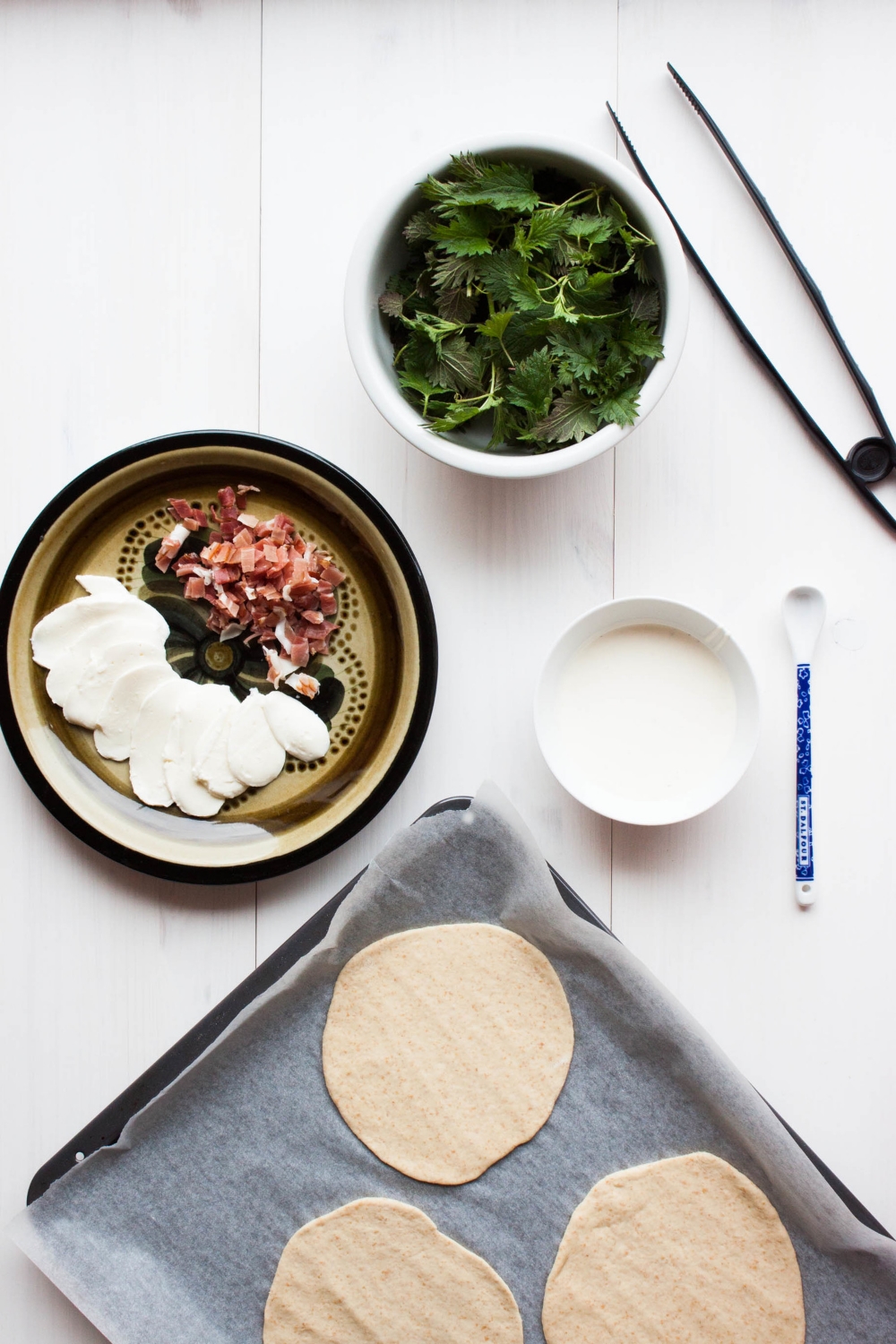
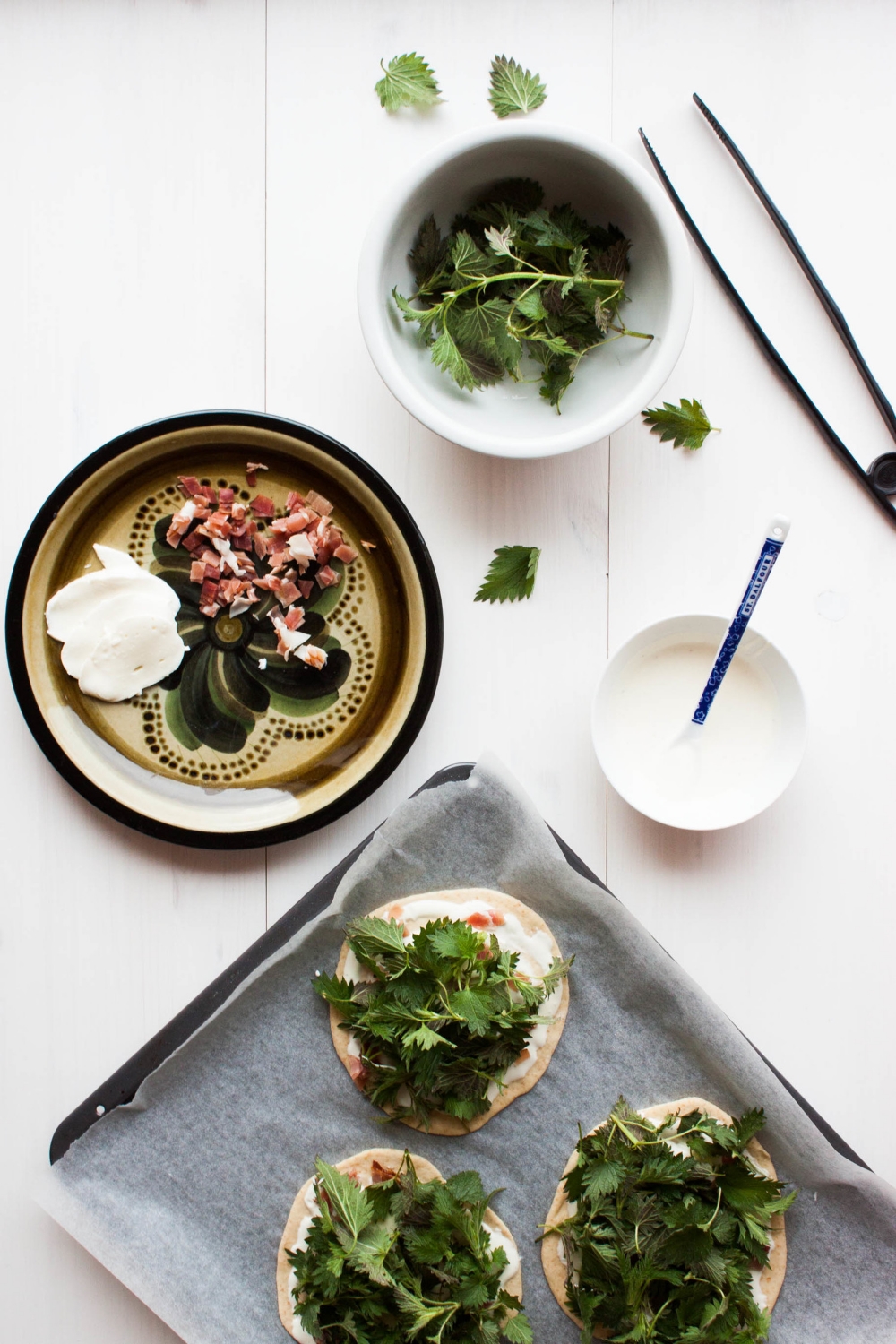
Do you forage plants?
Nettle Flatbread
recipe inspired by Tartine Bread; crust slightly adapted from delicious:days by Nicole Stich
makes 10 small flatbreads or 2 big ones
It took me a couple of trials to optimize the baking. My first flatbread batch came out with burned nettles. Damn. I figured out that I probably should toss the nettles in some liquid to keep them from burning. In Tartine Bread, Chad Robertson coats his nettles with heavy cream. I decided to try his method myself. The result was better than with my first batch but I wasn't totally satisfied. So I tried one flatbread with coating the nettles with some olive oil. To my slight frustration, the nettles were still getting too brown. Adding the nettles after about half the baking time, provided the best result: the crust was perfectly brown and the nettles were cooked down and crisp without being burned. Therefore, it's also the method I'm describing in the recipe below.
250 g (9 oz; about 4 ½ dl; 2 heaping cups) all-purpose flour (or bread flour, substitute by weight)
50 g (2 oz; 1 dl; ⅓ heaping cup) rye flour
½ tsp fine sea salt
175 ml (¾ cup) lukewarm water
15 g (0.5 oz) fresh yeast
[OR alternatively 5 g / 1 ½ tsp instant or other active dry yeast, used according to packet instructions]
1 tbsp olive oil
100 g (3.5 oz; 1 dl; ⅓ heaping cup) crème fraîche
1 tbsp heavy cream
fine sea salt & freshly ground black pepper
250 g (9 oz) mozzarella, very thinly sliced
100 g (3.5 oz; about 8 dl; 3,5 cups) nettles, washed & dried
a couple of tablespoons olive oil
pinch of salt
optional: 100 g (3.5 oz) Black Forest Ham or pancetta, chopped
To make the dough
In a medium-sized bowl, combine both flours and salt. Set aside. In a bowl of a standing mixer, combine the water and crumbled yeast. [If using instant active dry yeast, skip this step. Combine yeast with some flour and add to warm, about 42°C / 108°F, water mixture just before adding the rest of the flour.] Stir until the yeast is completely dissolved. Add the olive oil. Gradually add the dry ingredients, while kneading. Knead for 3–5 minutes at medium speed. If the dough feels too dry, add a bit more water; if it feels too sticky, add a bit more flour. The dough is ready when it's elastic and comes clean off the sides of the bowl.
Shape into a ball and cover with a kitchen towel. Let the dough rise in a warm place for 45 minutes. After the dough has risen, punch it down, divide into 10 equal portions and shape them into balls. Cover with a kitchen towel and let rise for further 30 minutes.
Preheat the oven to 250°C (480°F) or as hot as your oven gets. You can place a baking sheet at the bottom level so it gets preheated. It works like a pizza stone and ensures a perfect crust!
To make the topping
Combine the crème fraîche and heavy cream. Season with salt and pepper. Set aside. Now get your tongs ready. In a large bowl, toss the nettles with just enough olive oil to thinly coat them and season with a pinch of salt.
To assemble
Take a dough portion and flatten it with your hands. Using a rolling pin, roll out thinly on a lightly floured surface. Transfer to a parchment-lined baking sheet. Evenly spread a thin sheet of the crème fraîche mixture on top and top with some mozzarella and pancetta.
Bake the flatbreads on the bottom rack for 5 minutes. Mound nettles on top of each flatbread. By adding the nettles at a later stage, we can ensure that they don't burn while baking. Bake the flatbreads for a total of about 10 minutes, or until the crust has gained a golden brown color. While the first batch is baking, you can assemble the second sheetful.
Serve hot.
